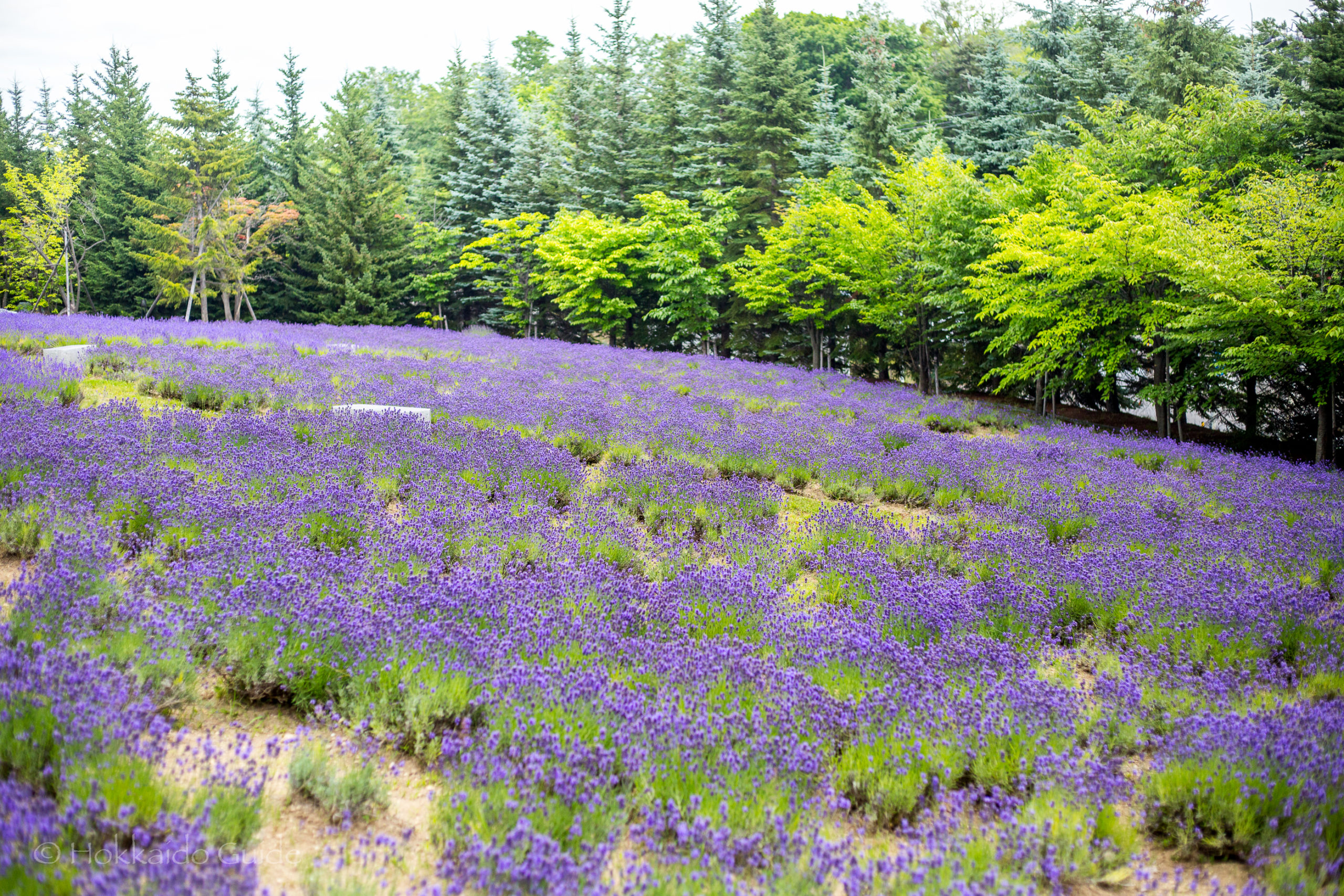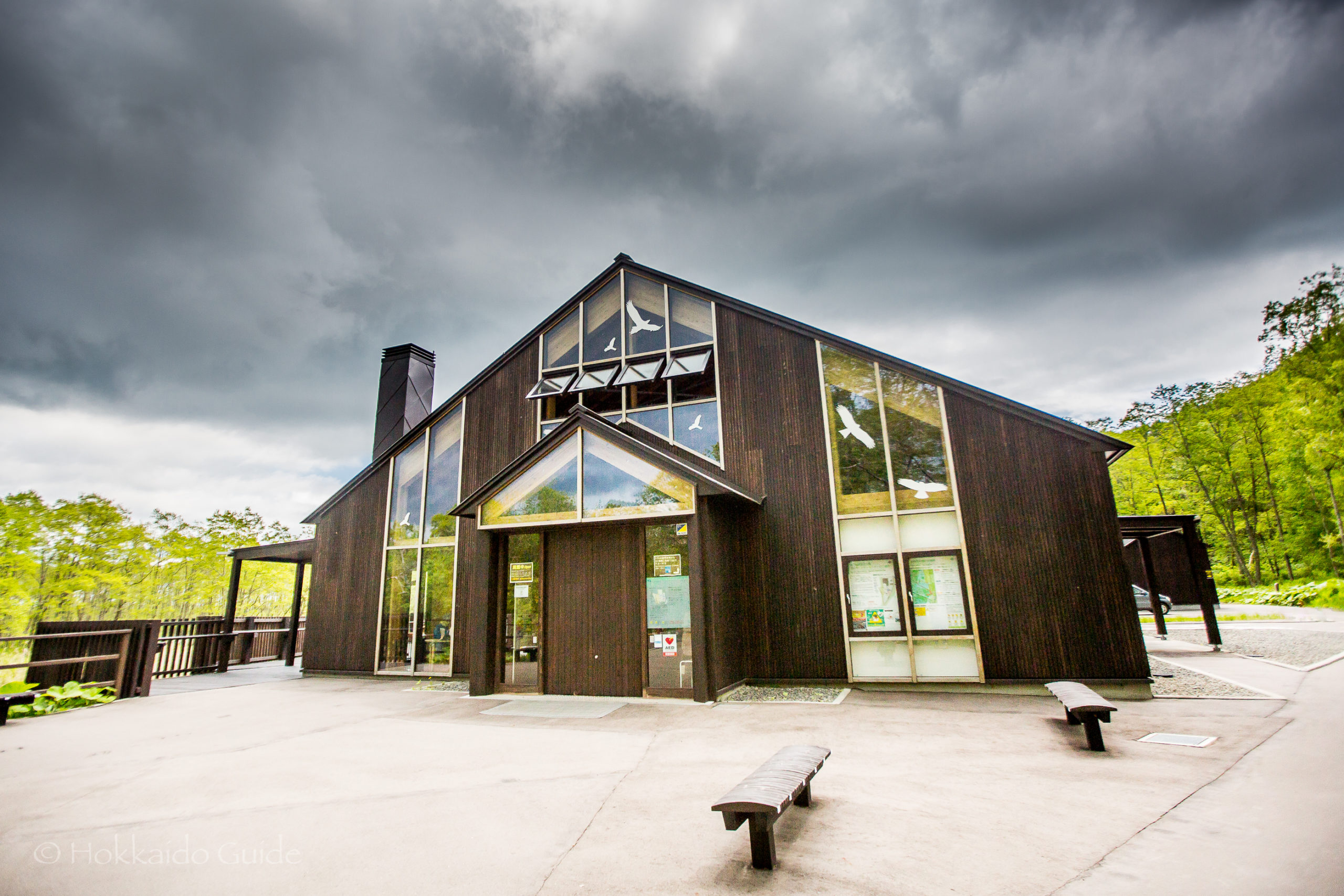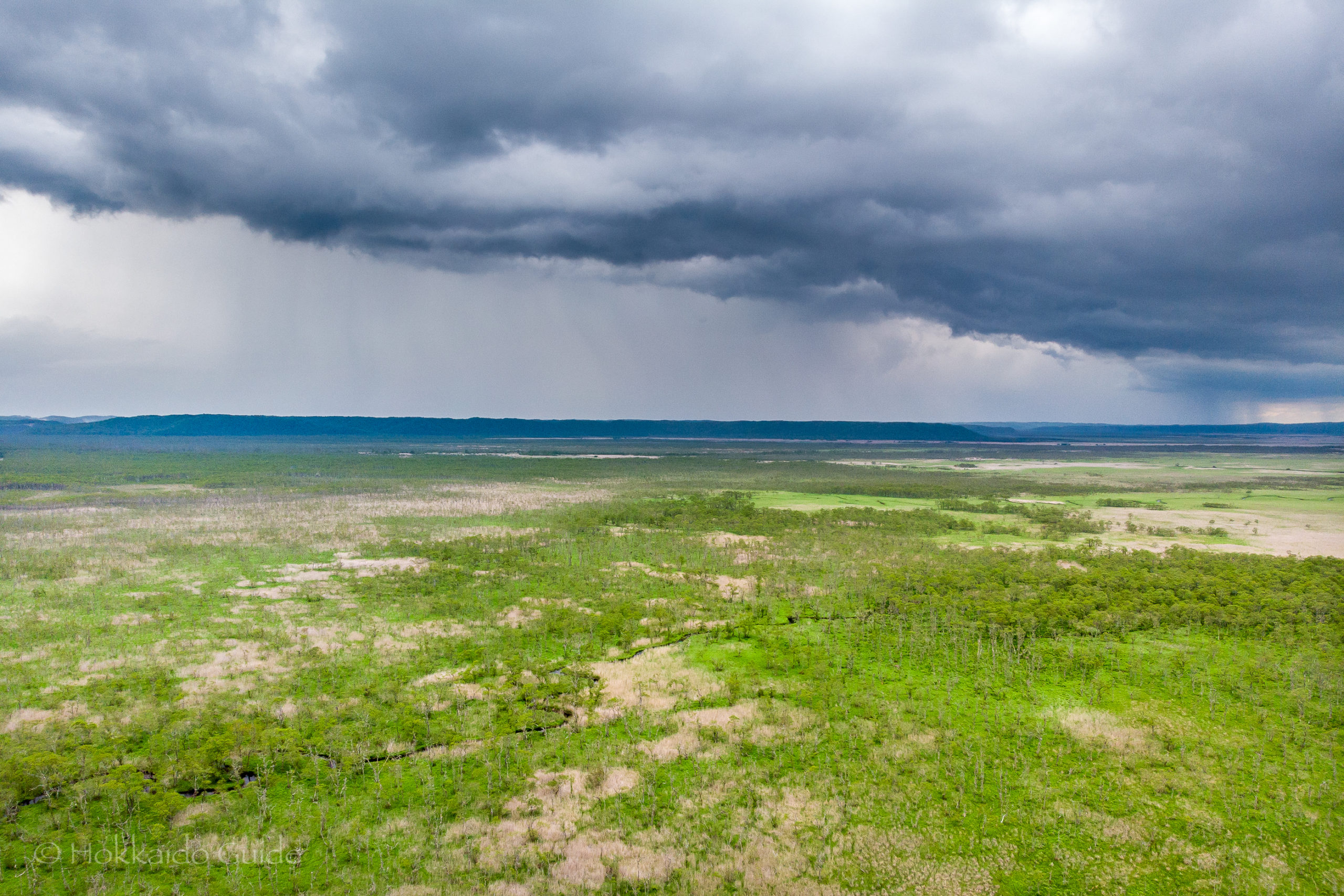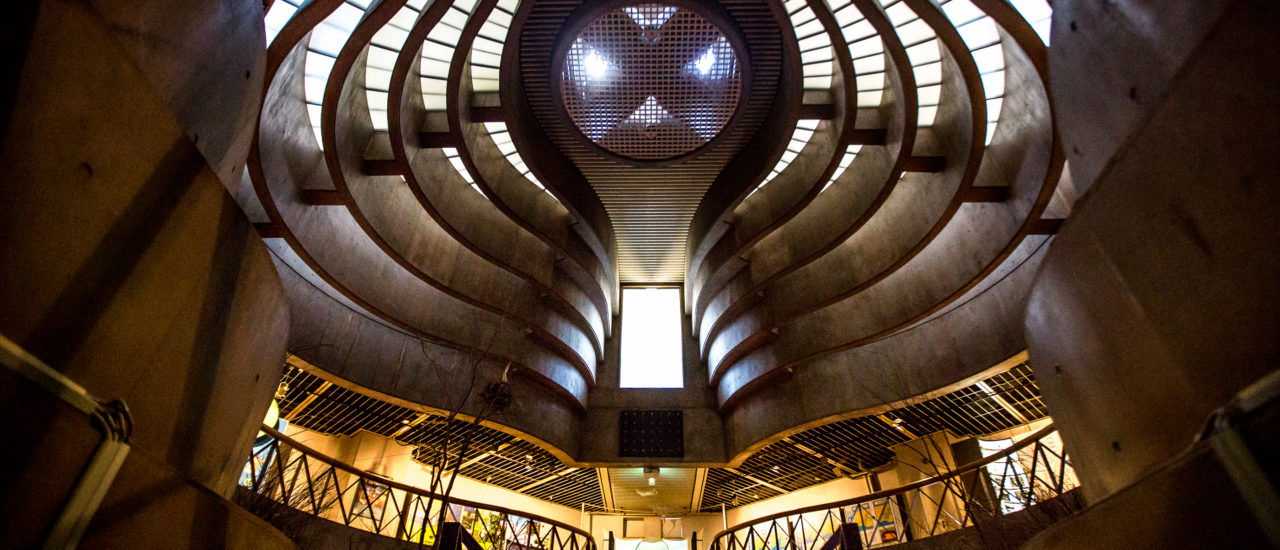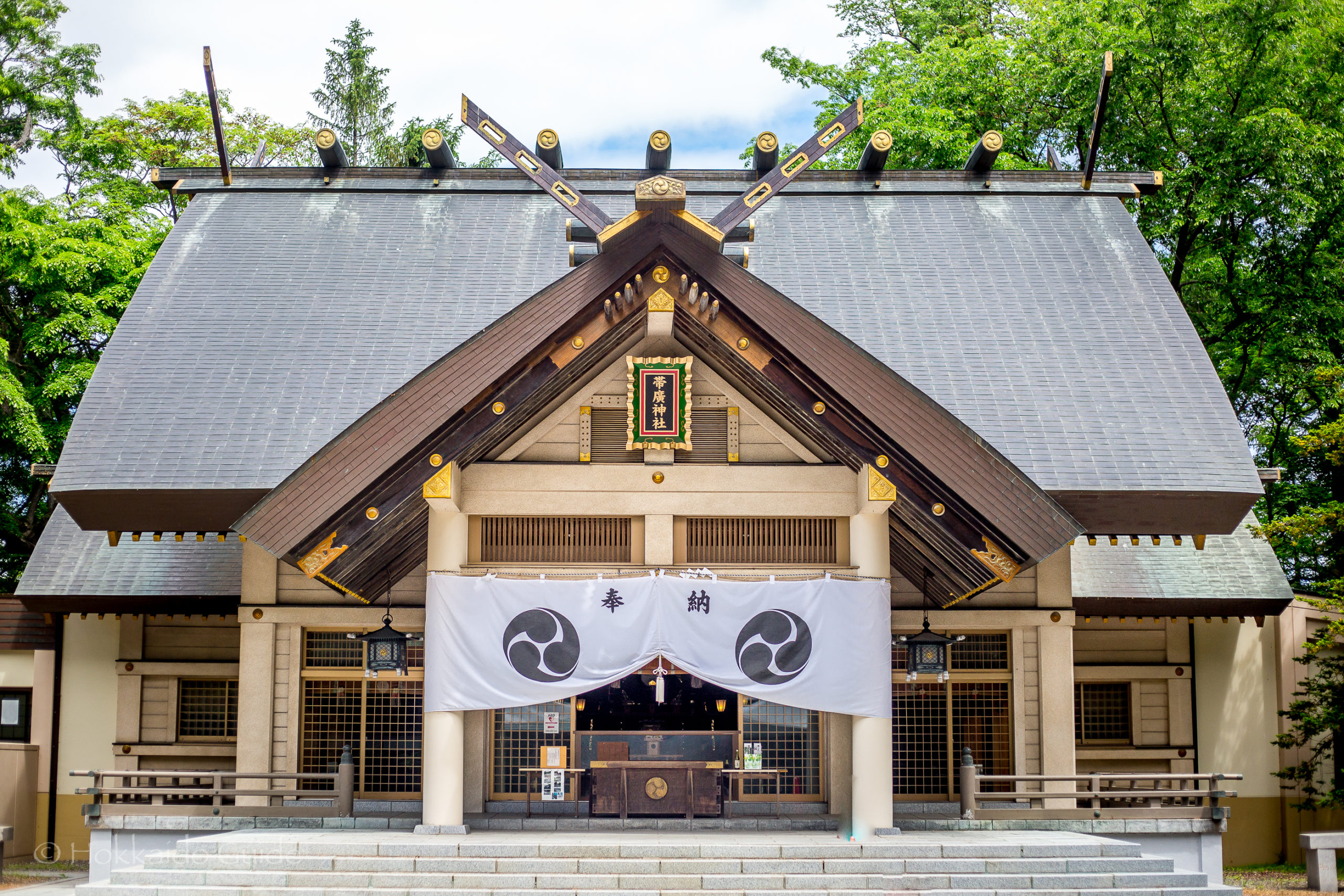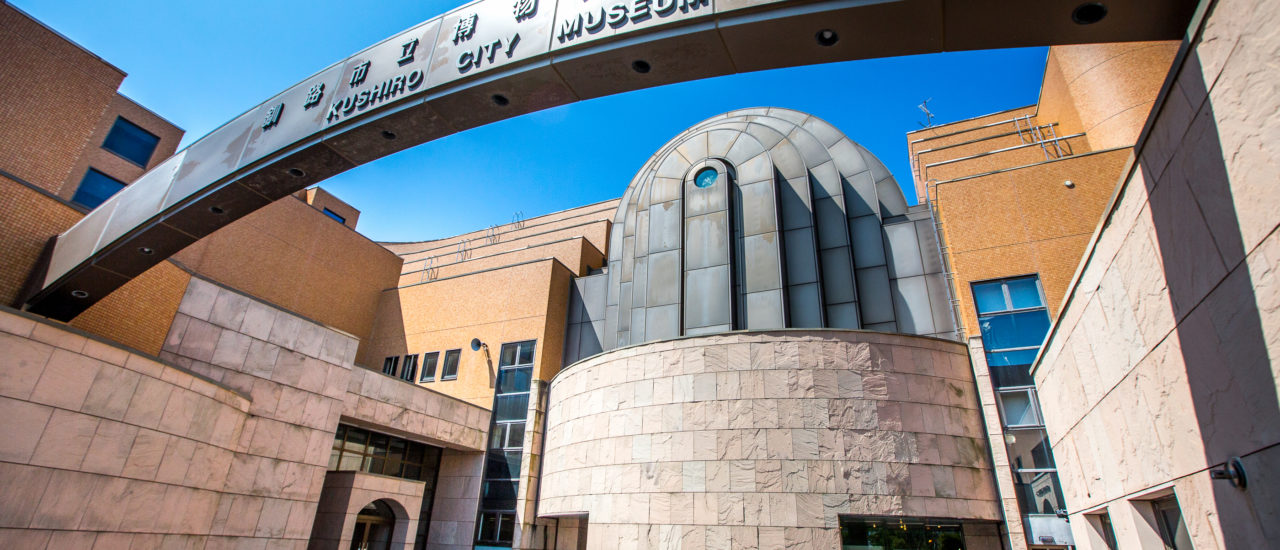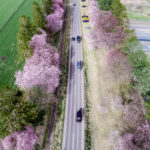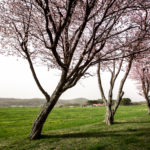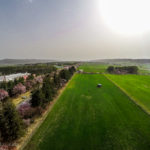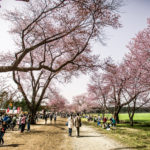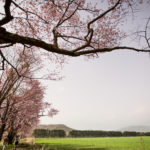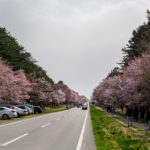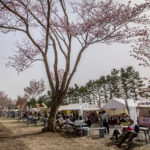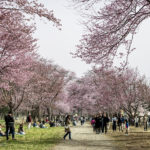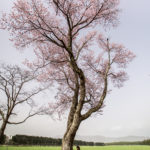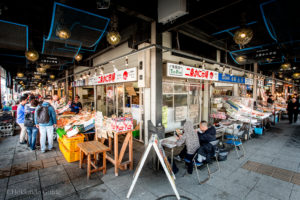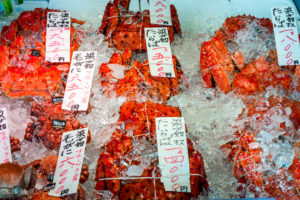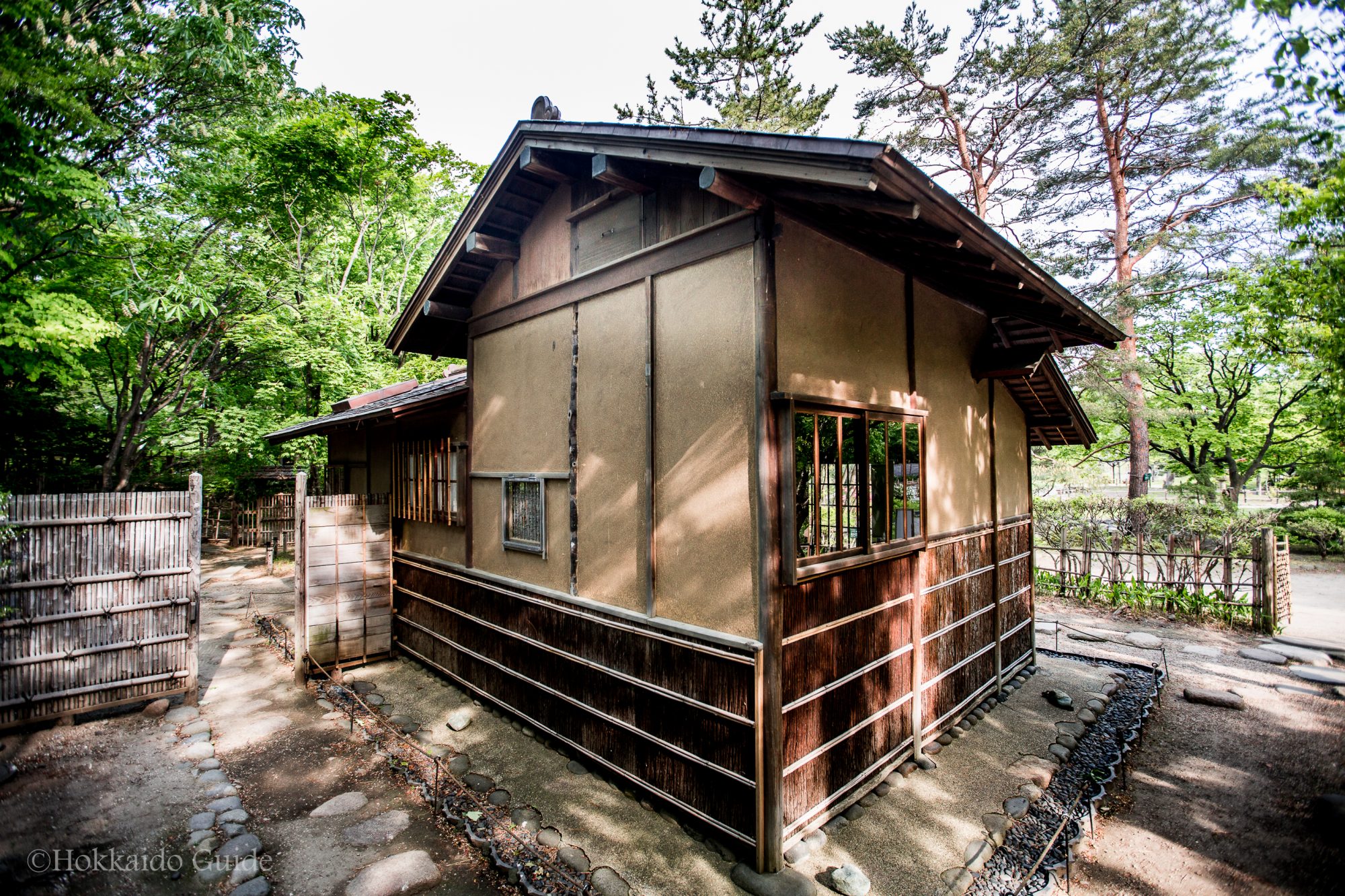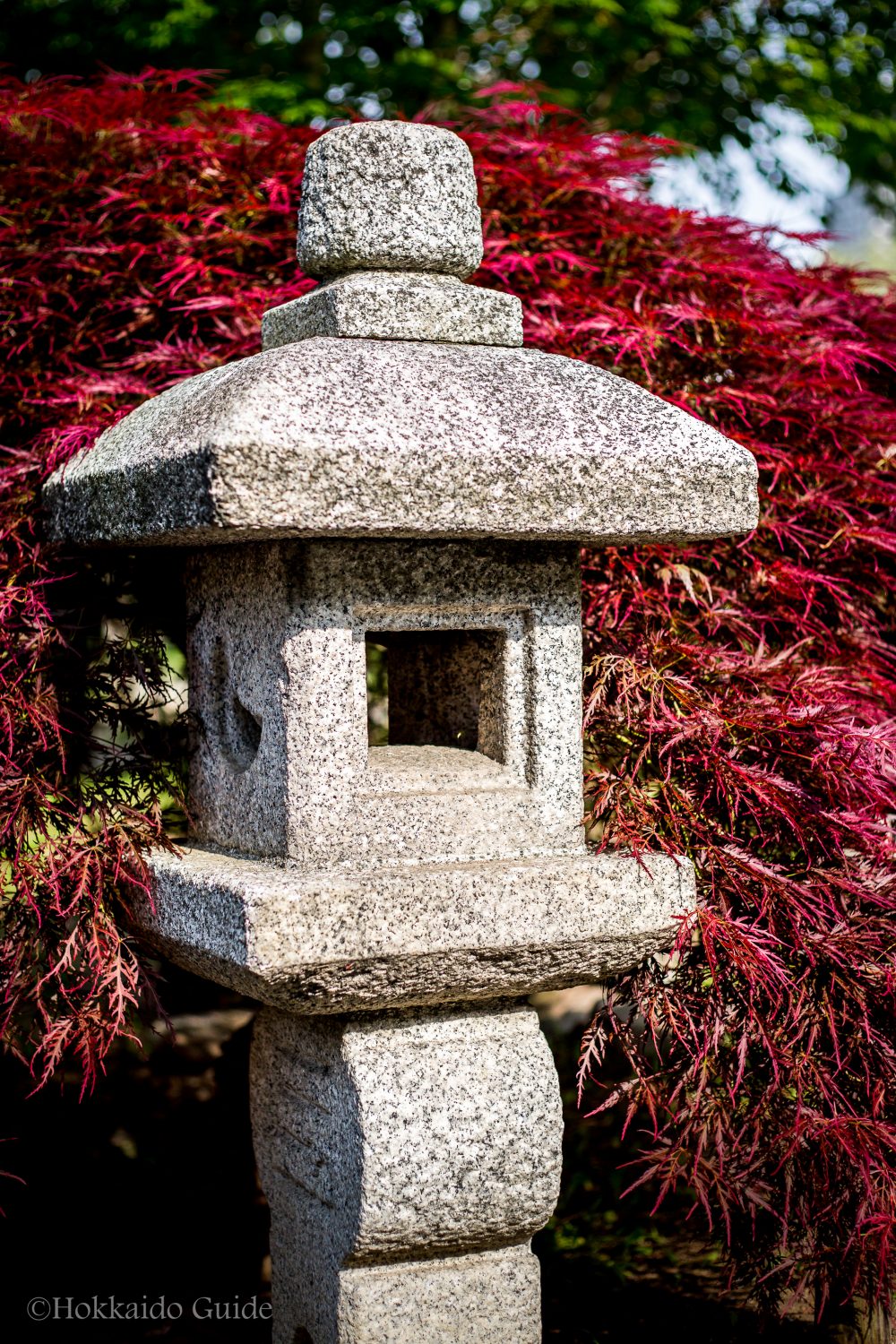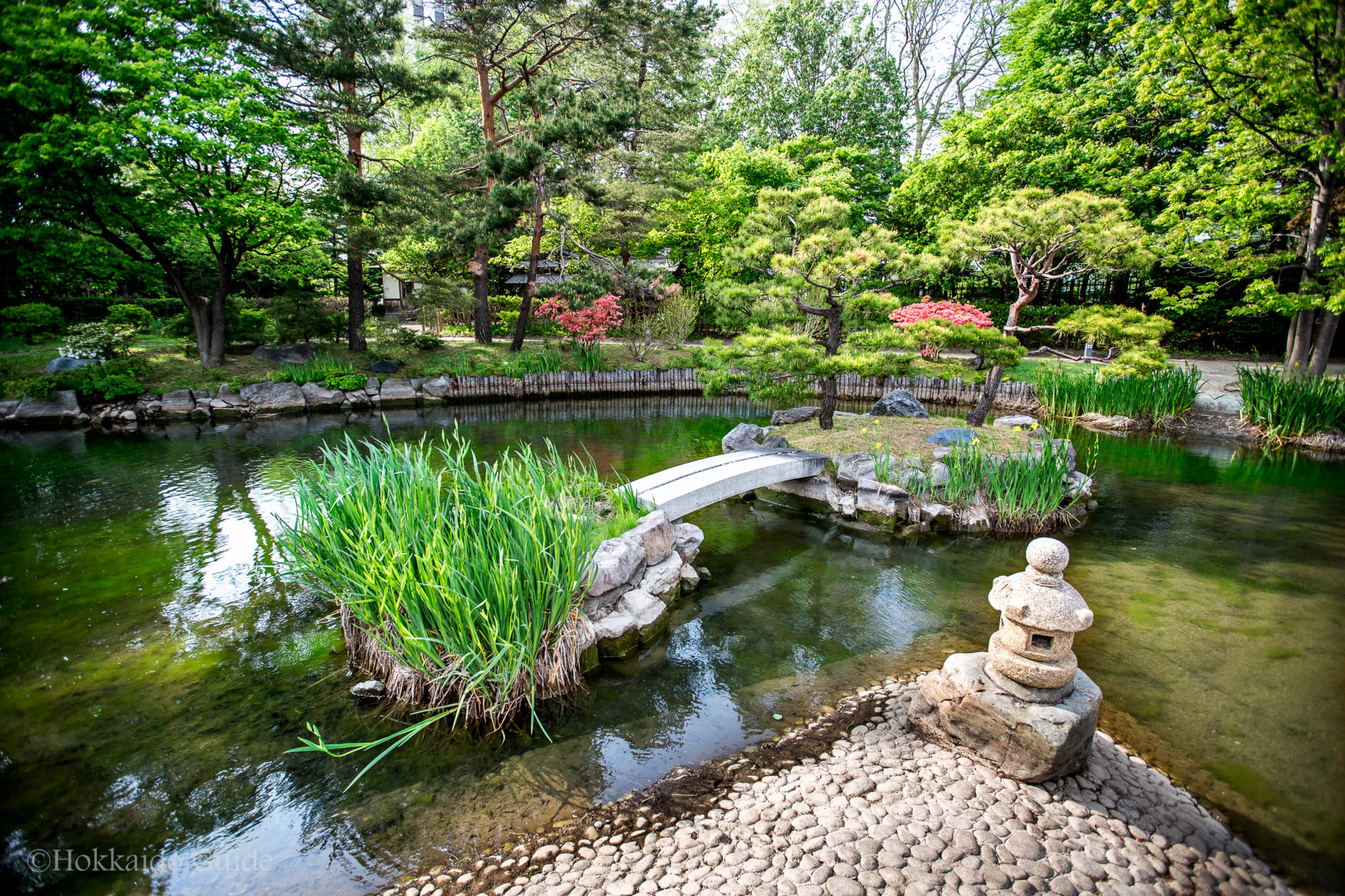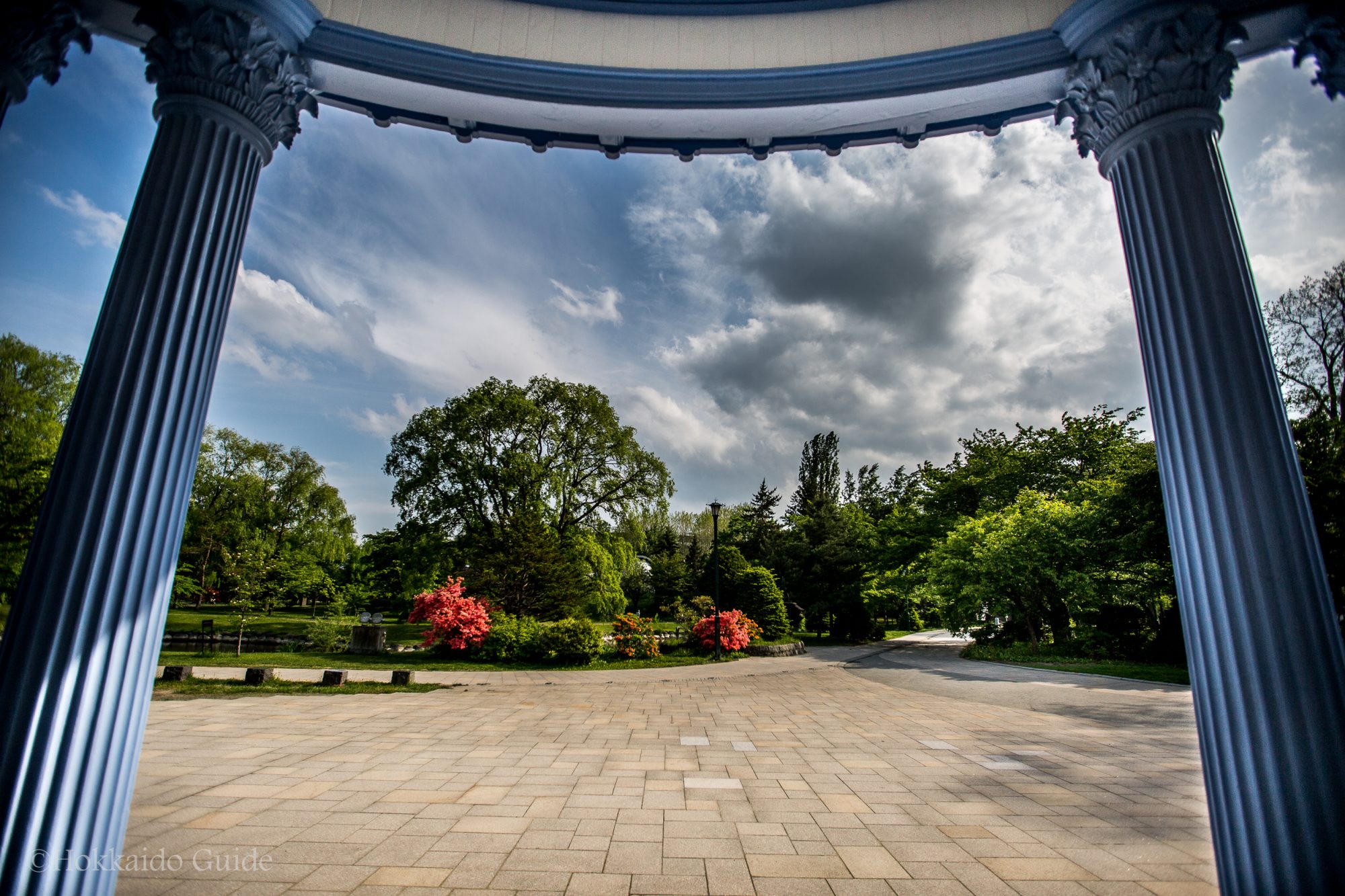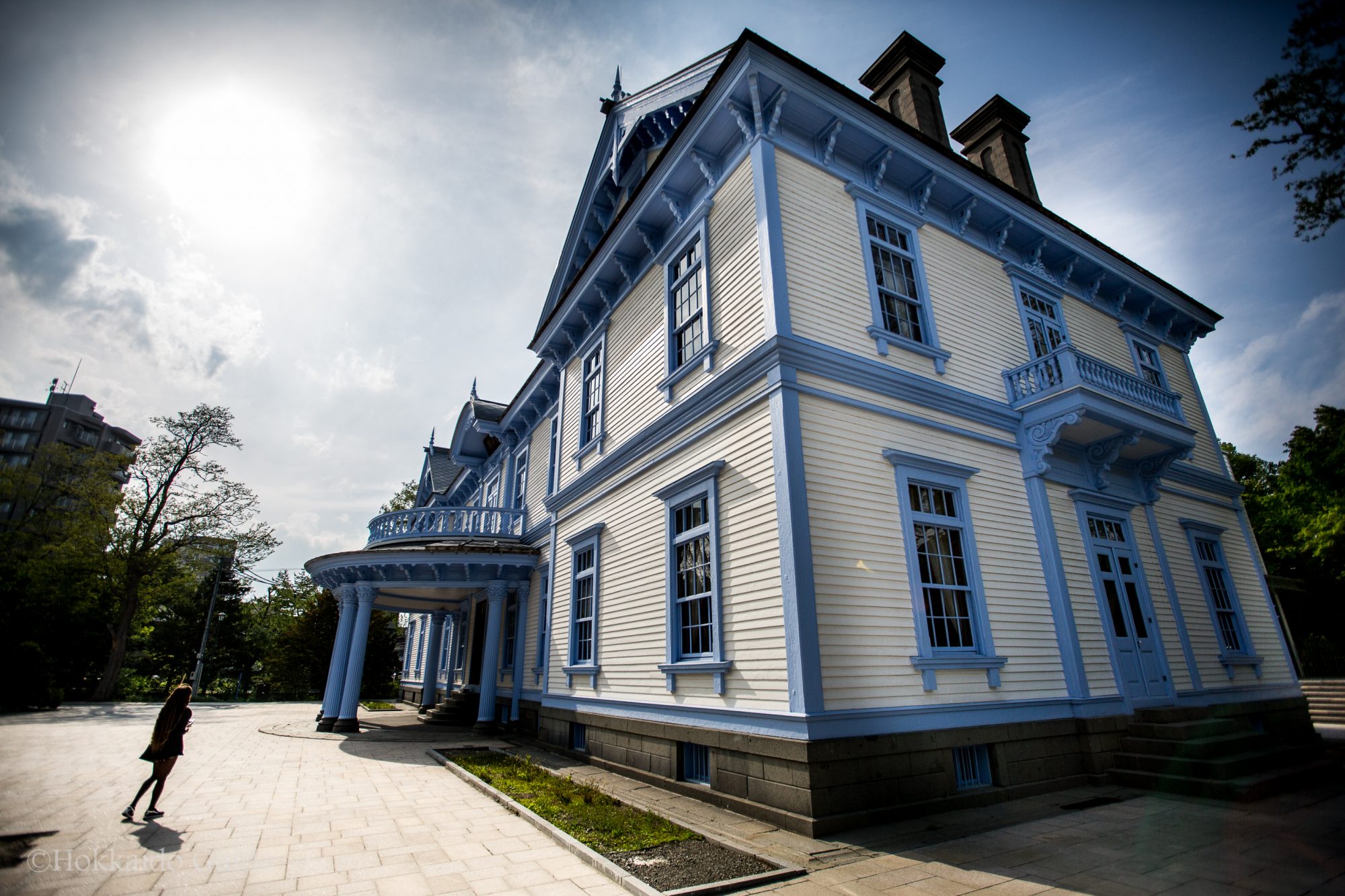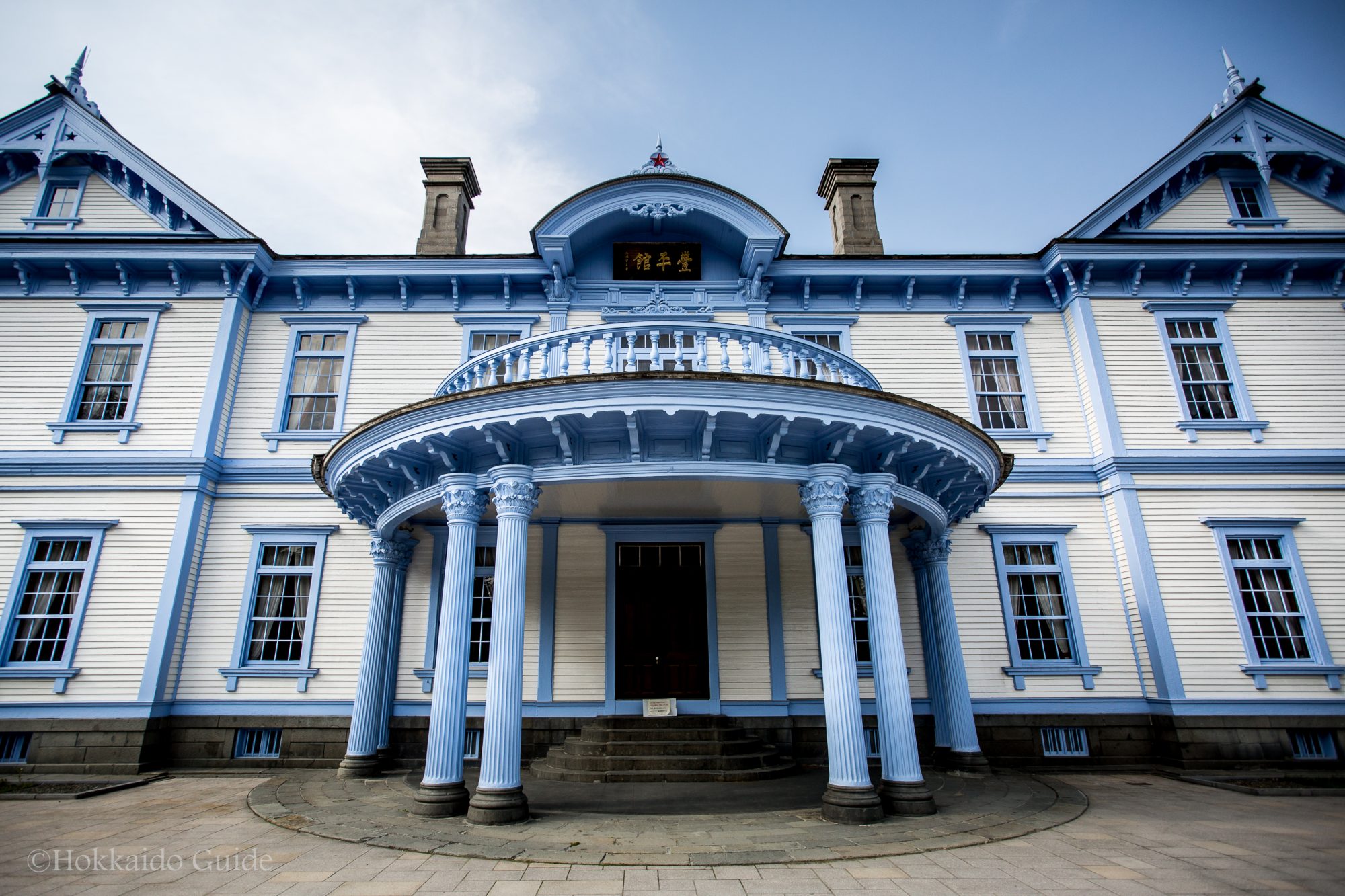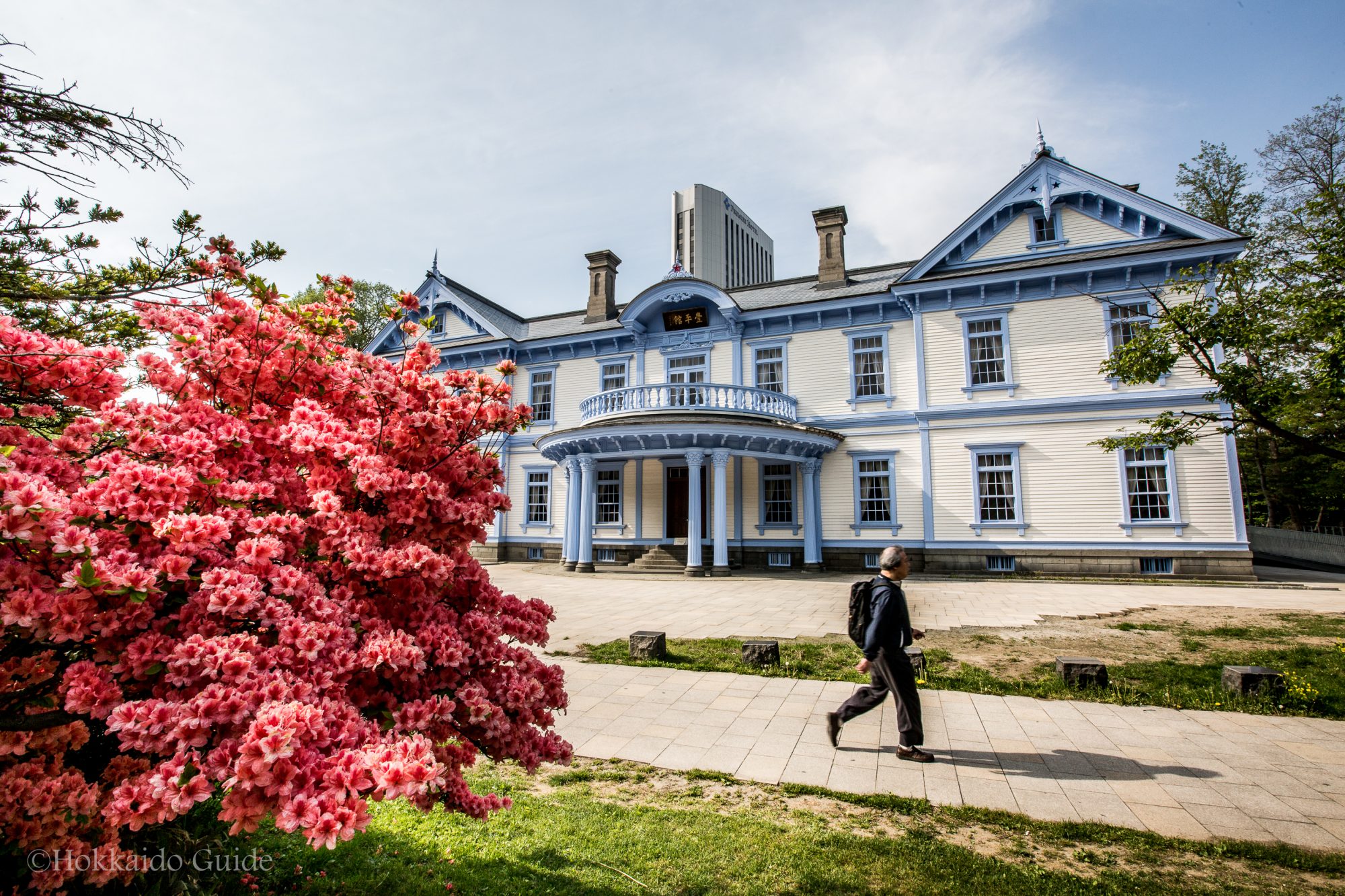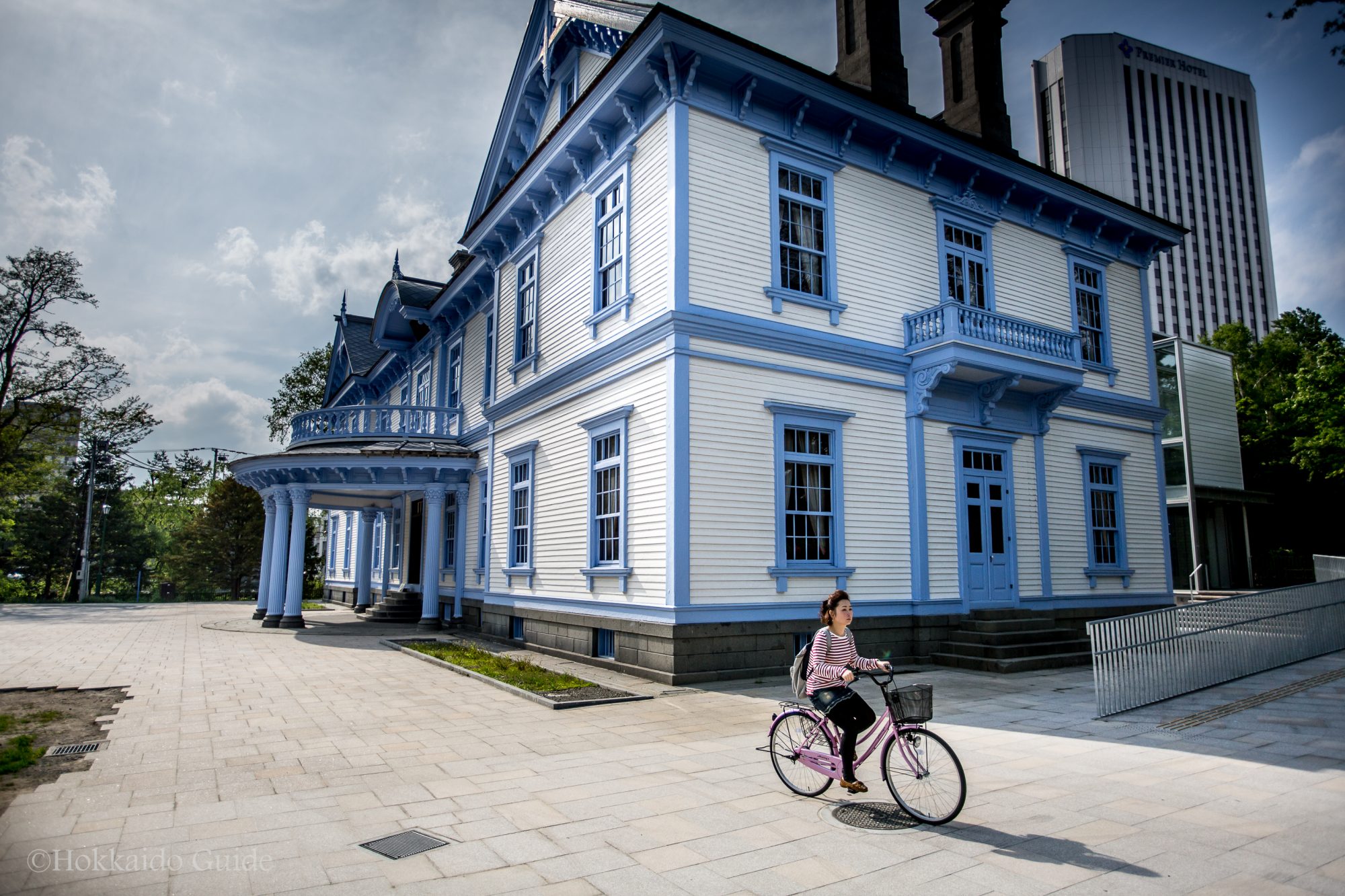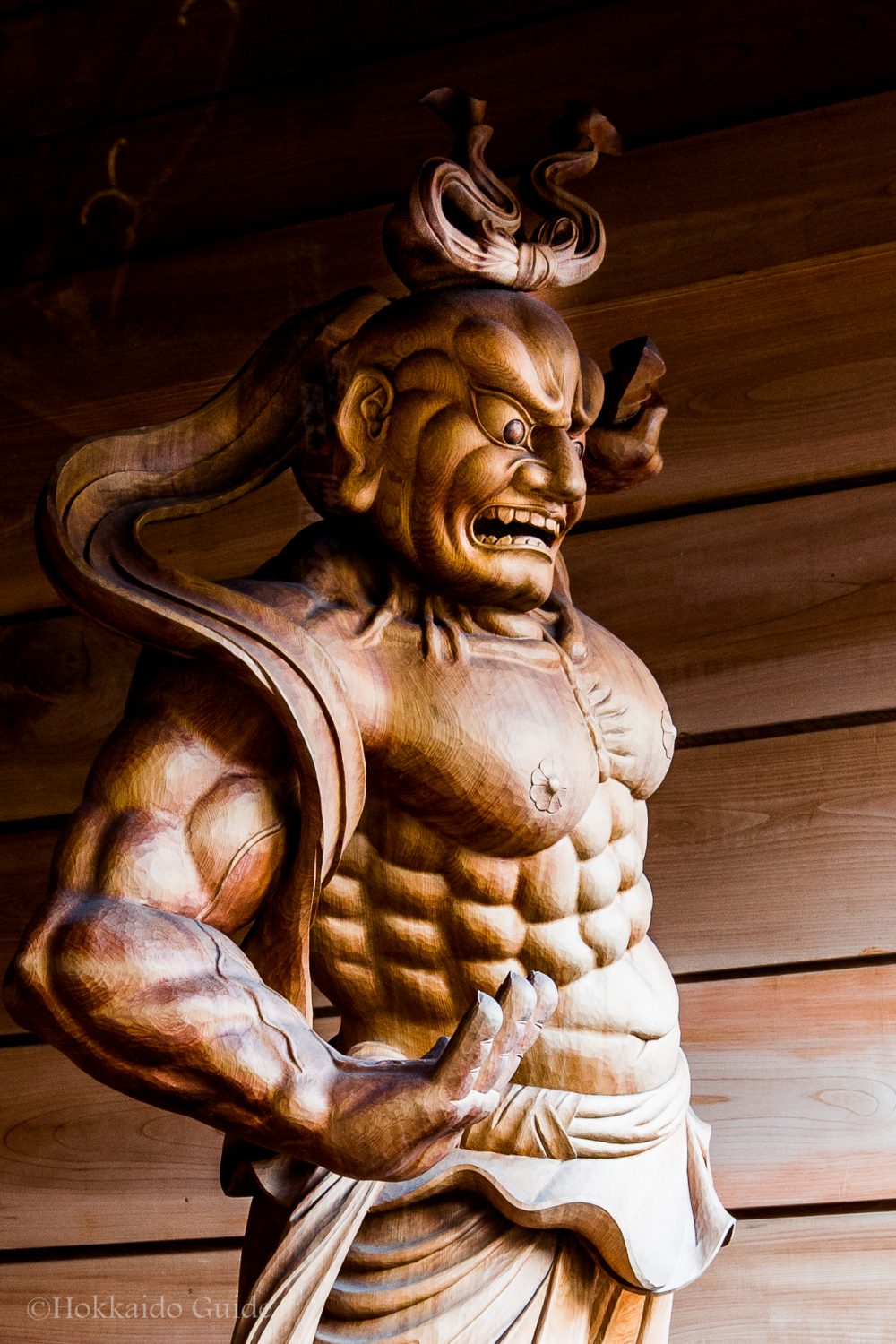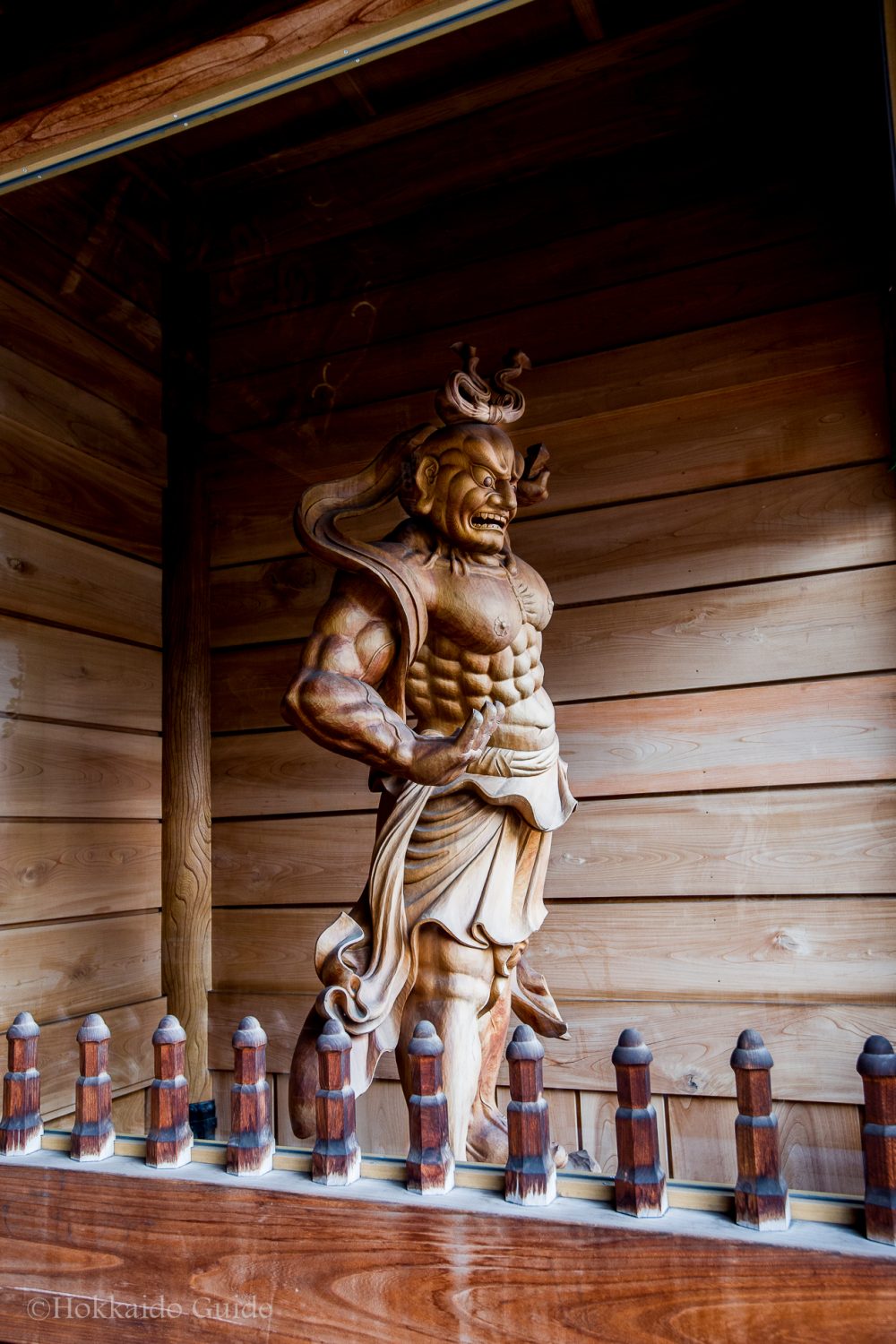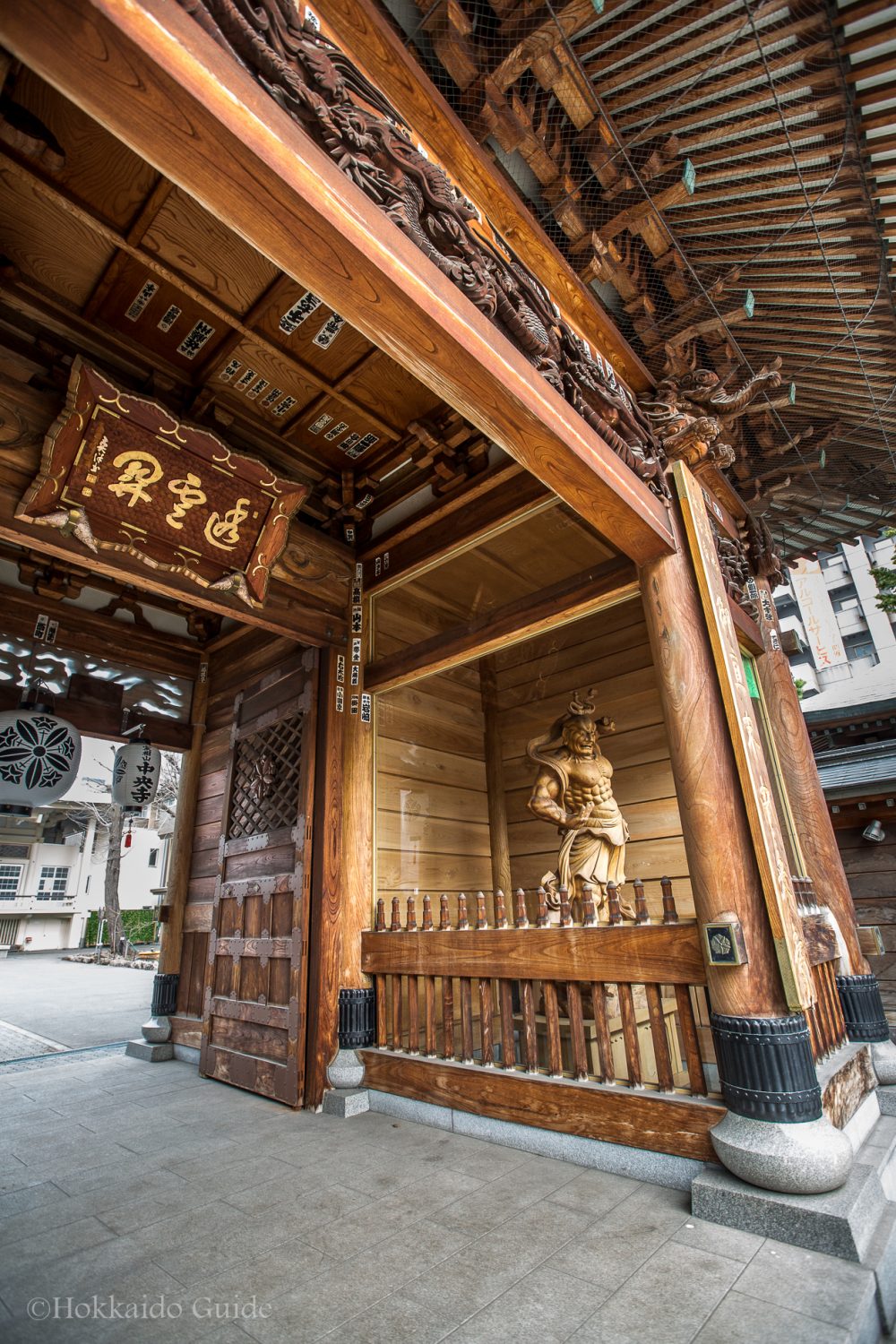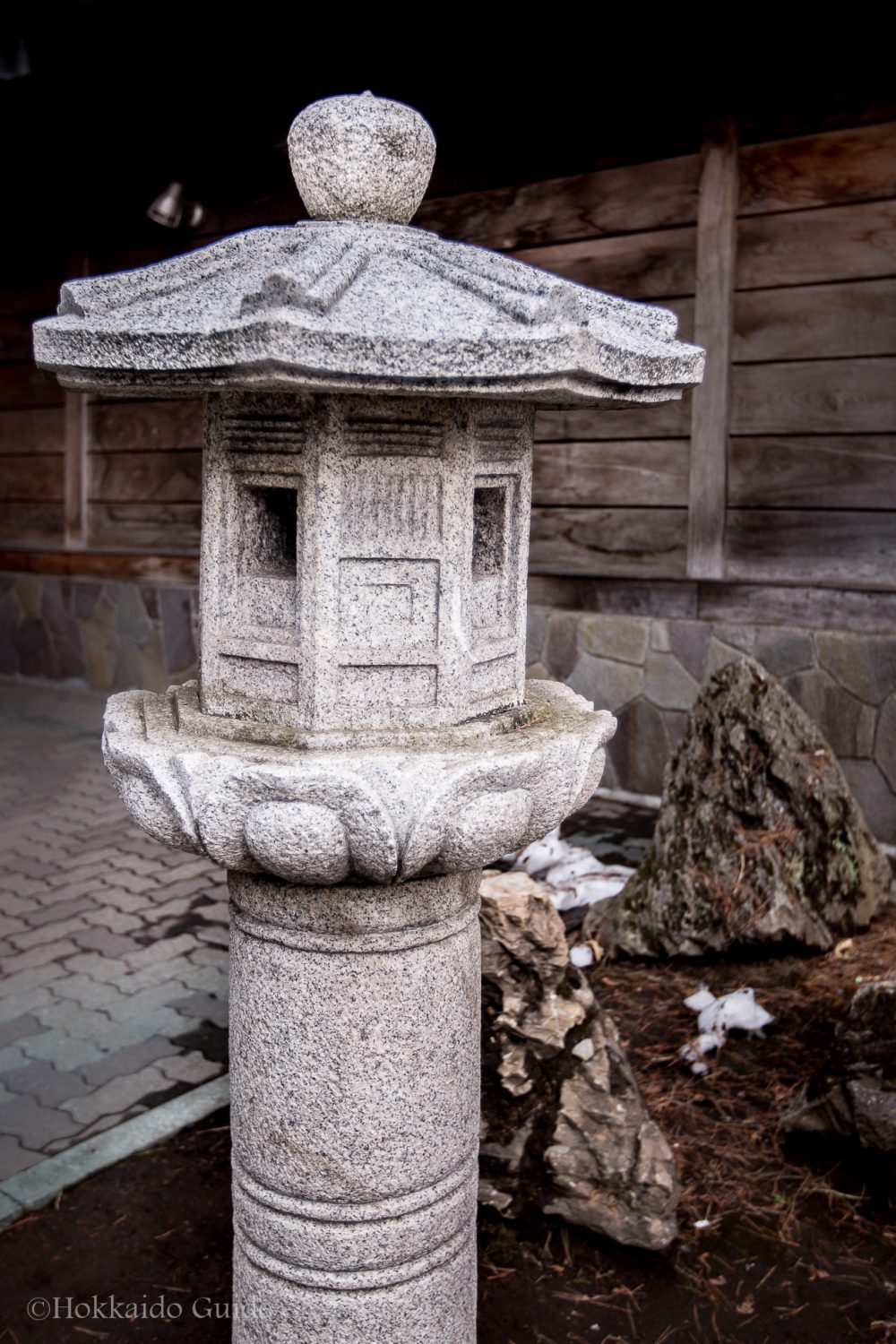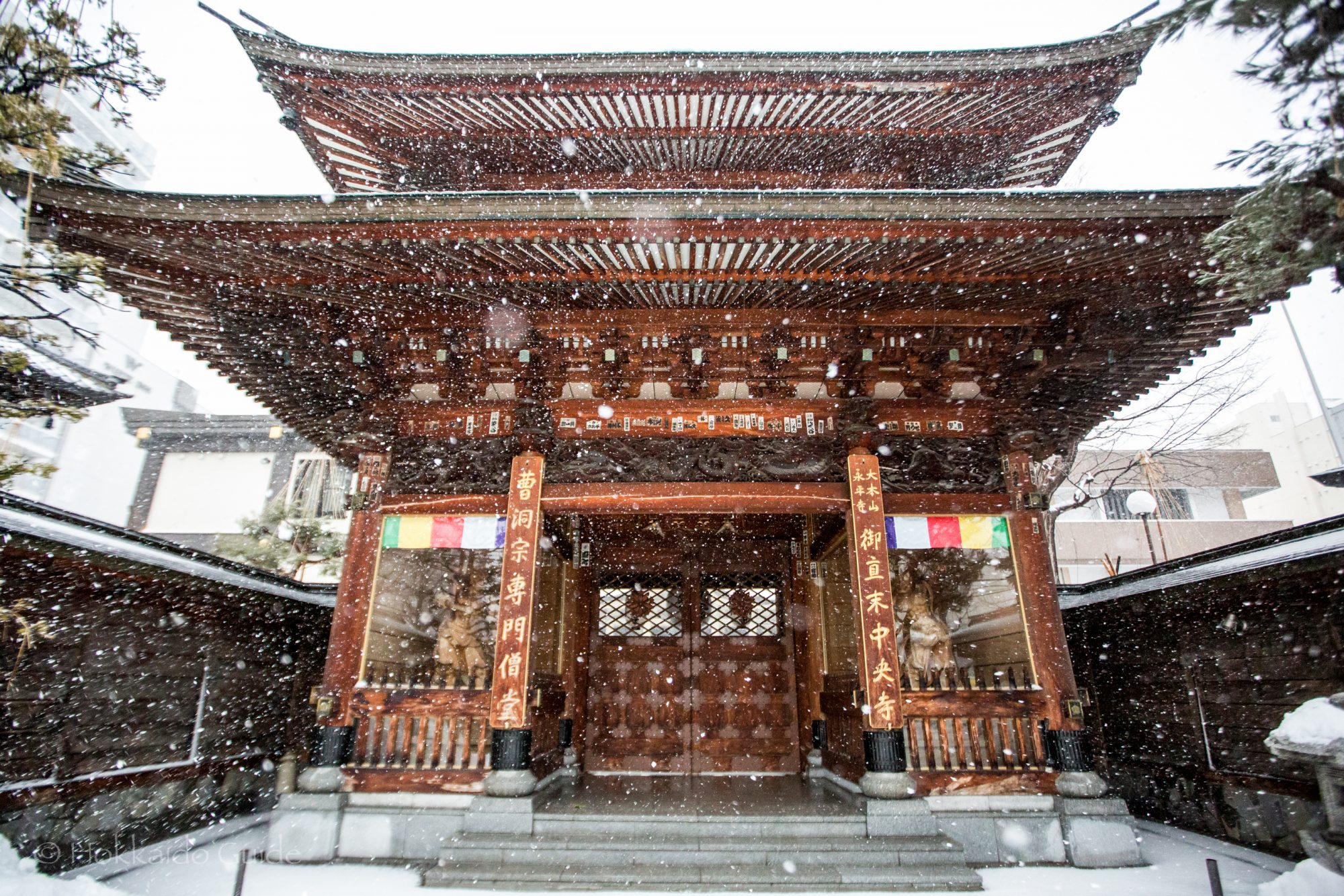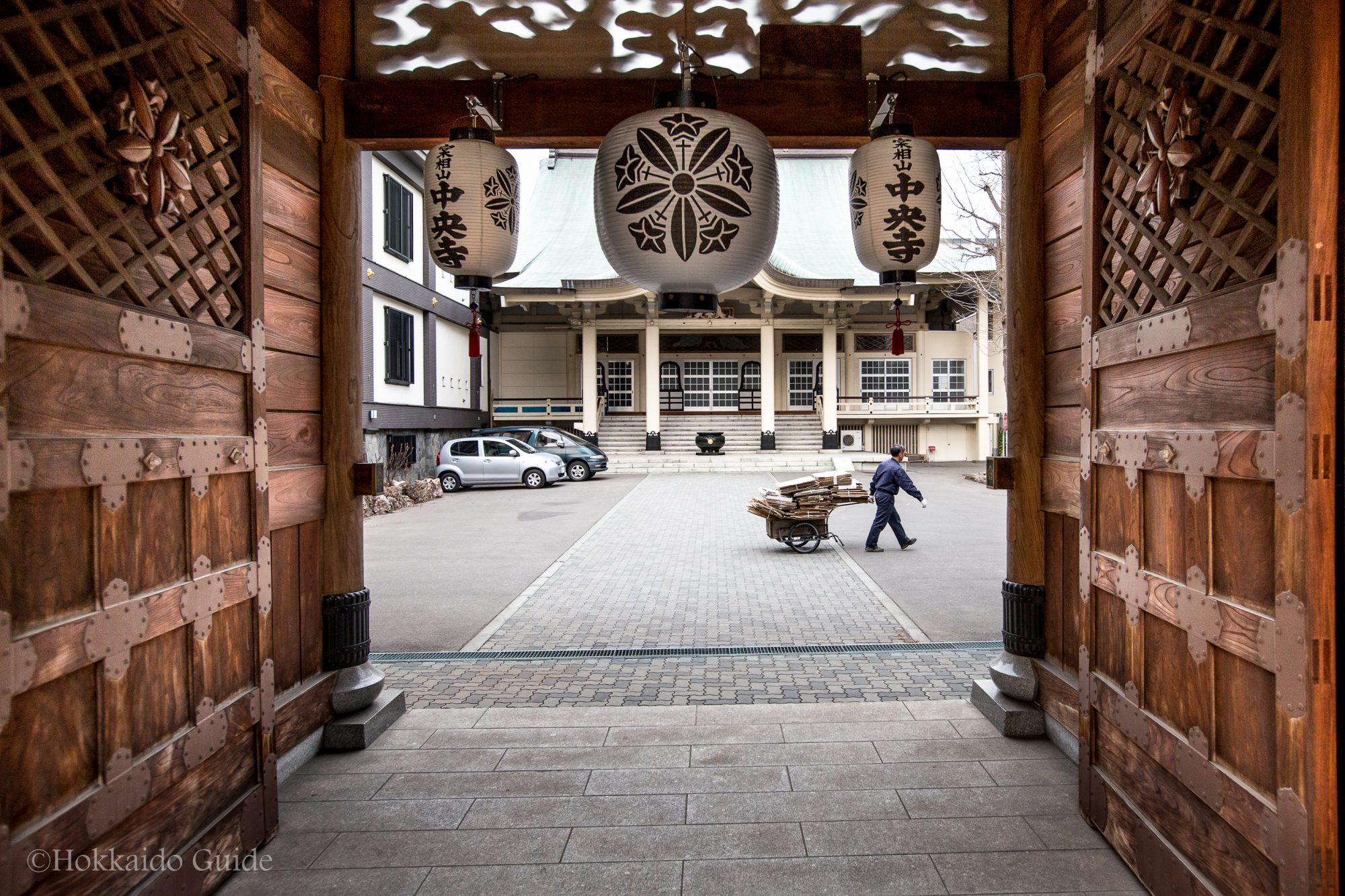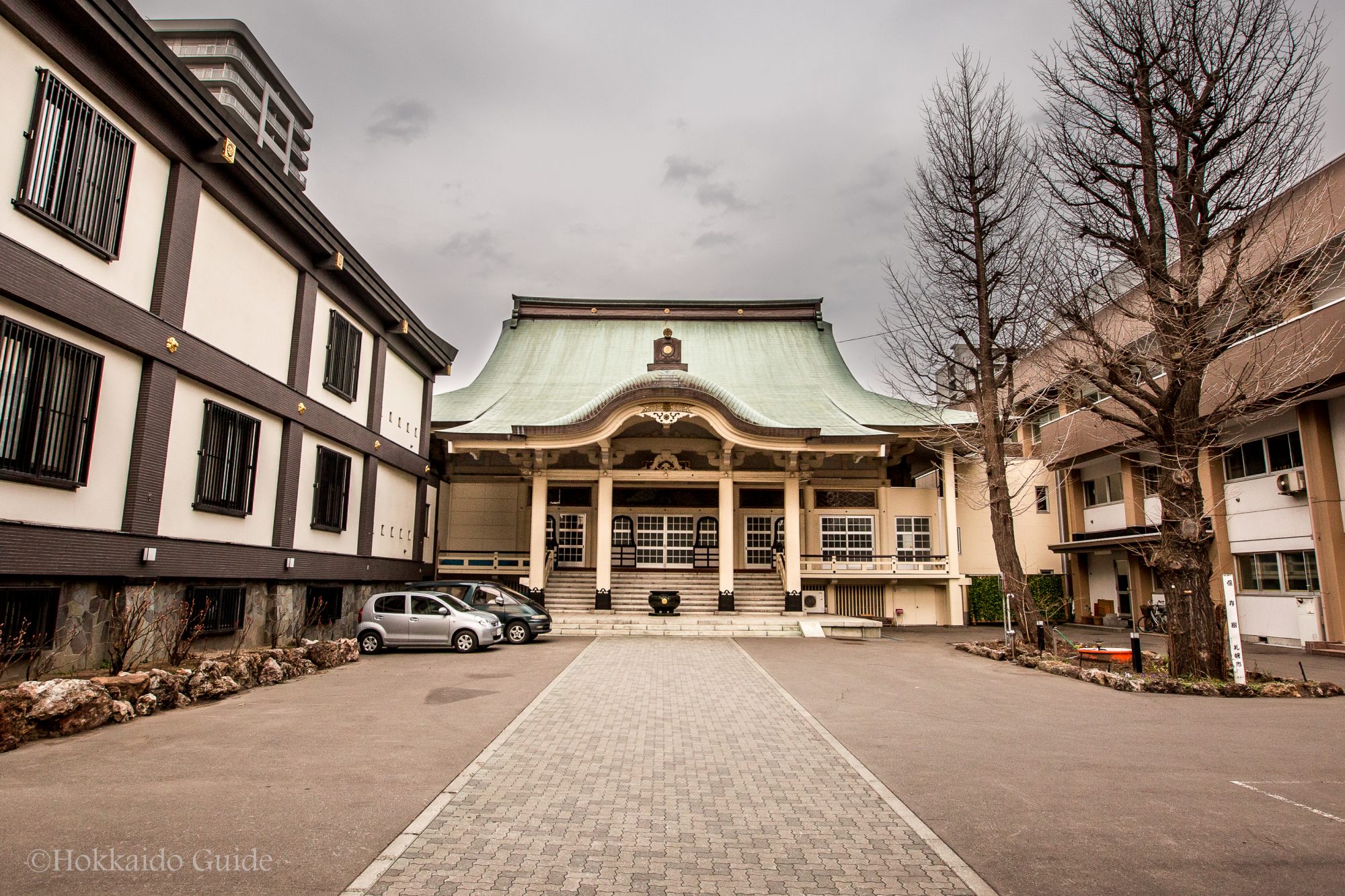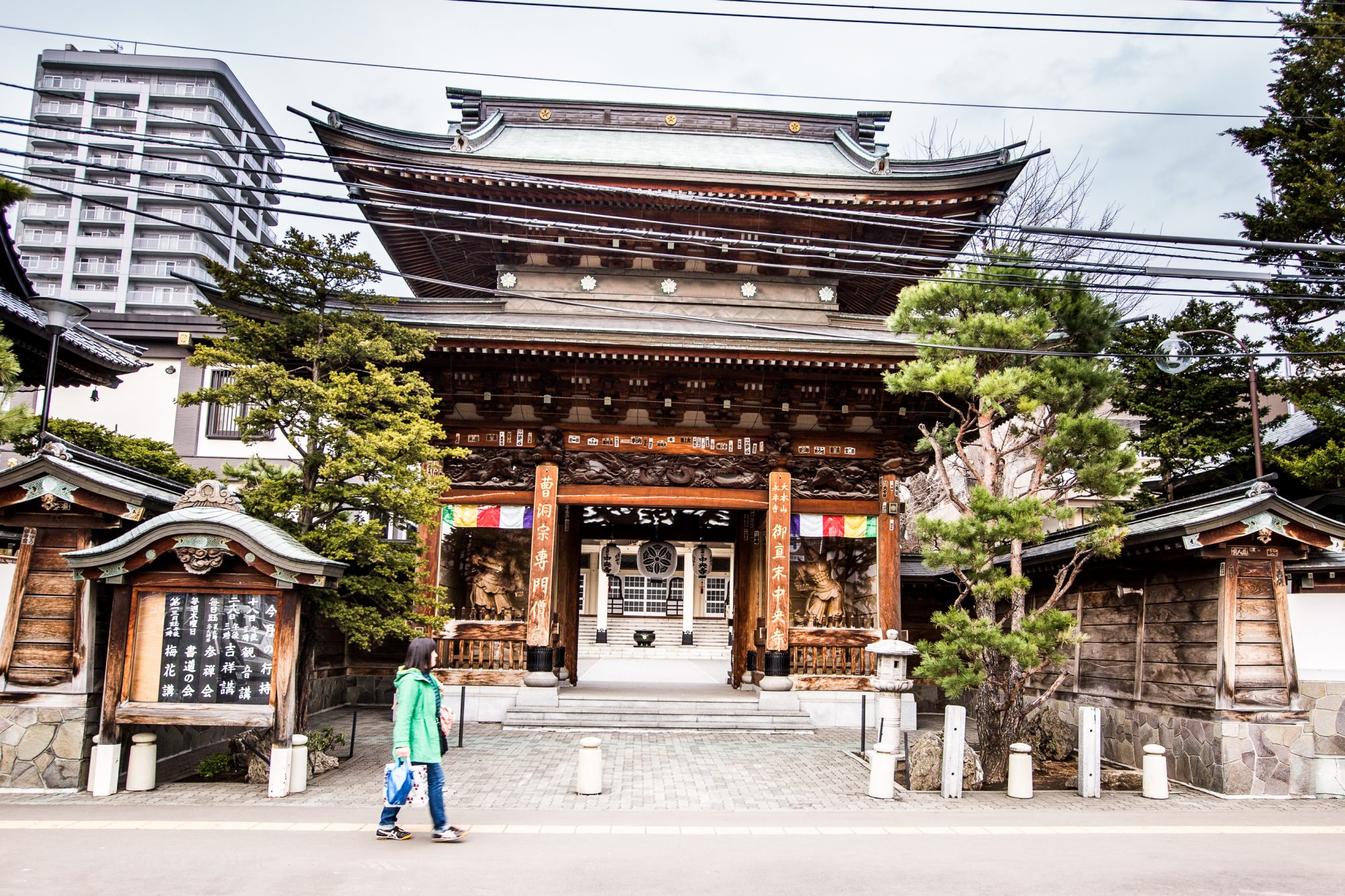
Category: Sightseeing
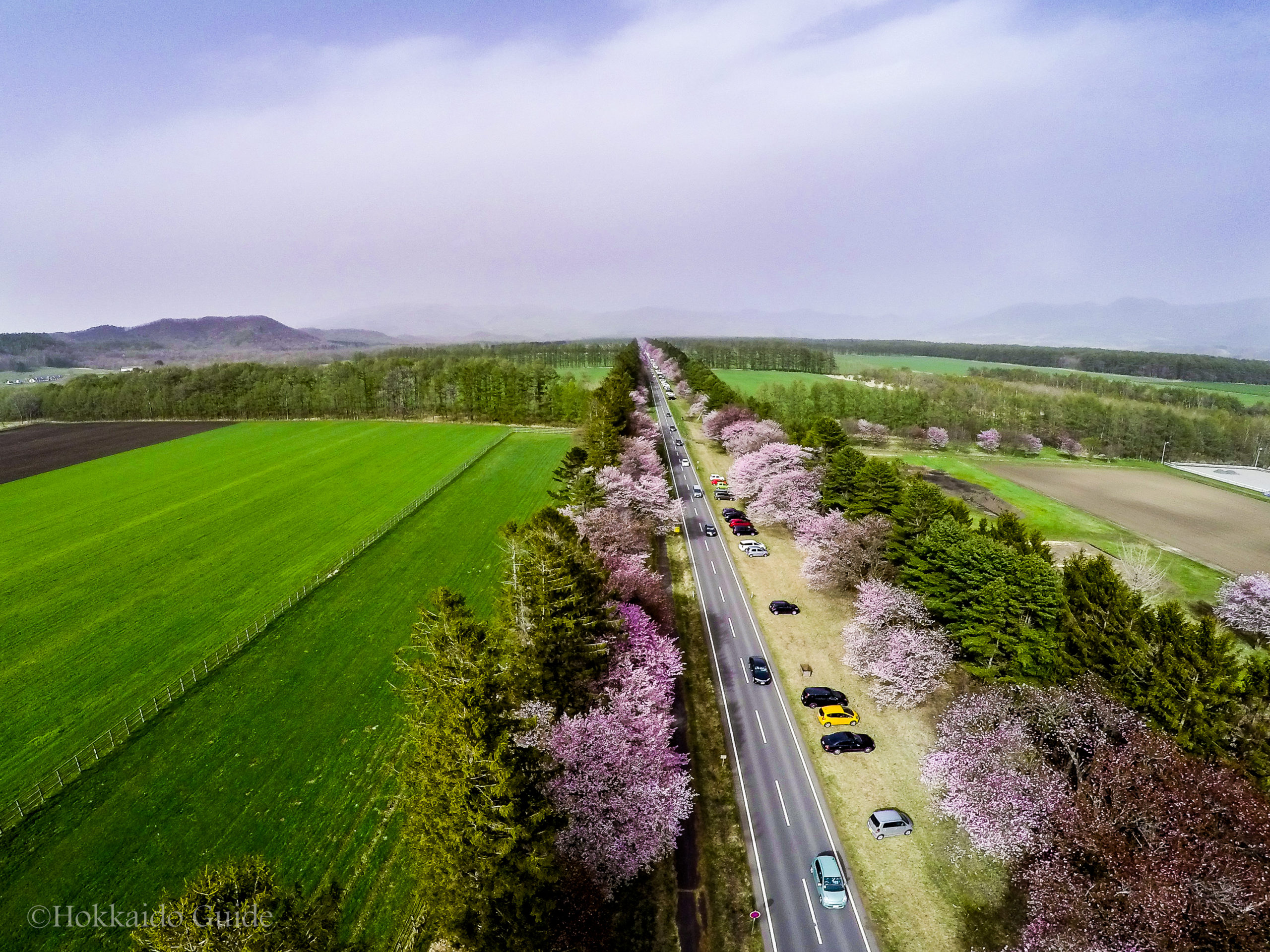
Shizunai Cherry Blossom Festival

| Dates | Early May - Mid May |
| Contact | 0146-42-1000 (Shinhidaka Tourist Association) |
| Getting there | 15 minutes by taxi from JR Shizunai Station 3 hour drive from Sapporo |
| Notes | Best to get there by car |
| Location | Shizunaitahara to Shizunaimisono, Shinhidaka-cho, Hidaka-gun, Hokkaido 056-0144 |
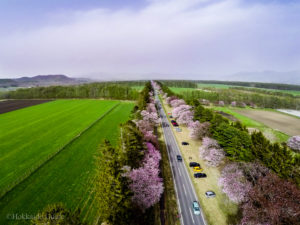 Shizunai Road is the home to around 3,000 cherry blossom trees, including the vivid Sargant cherry tree. The road looks absolutely fantastic during the cherry blossom season and is one of the top cherry blossom viewing spots in Hokkaido! The road is 7km long and 36 meters wide and the cherry blossoms stretch as far as the eye can see. Every year over 200,000 visitors drive down to view this amazing sight. The Shizunai Cherry Blossom Festival is held here every year!
Shizunai Road is the home to around 3,000 cherry blossom trees, including the vivid Sargant cherry tree. The road looks absolutely fantastic during the cherry blossom season and is one of the top cherry blossom viewing spots in Hokkaido! The road is 7km long and 36 meters wide and the cherry blossoms stretch as far as the eye can see. Every year over 200,000 visitors drive down to view this amazing sight. The Shizunai Cherry Blossom Festival is held here every year!
[the_ad id=”4264″]
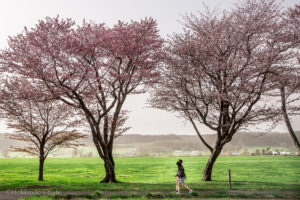 You will need a car to get there, or to hire a taxi from the train station which is about a 15 minute drive. If you have a car, then there is plenty of space to park the car along the road underneath the cherry blossom trees and take a nice walk along the path. The mountains are a great backdrop to the cherry blossom trees. The festival is located halfway along the stretch of road.
You will need a car to get there, or to hire a taxi from the train station which is about a 15 minute drive. If you have a car, then there is plenty of space to park the car along the road underneath the cherry blossom trees and take a nice walk along the path. The mountains are a great backdrop to the cherry blossom trees. The festival is located halfway along the stretch of road.
Shizunai Festival
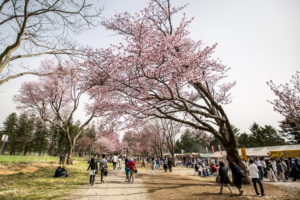
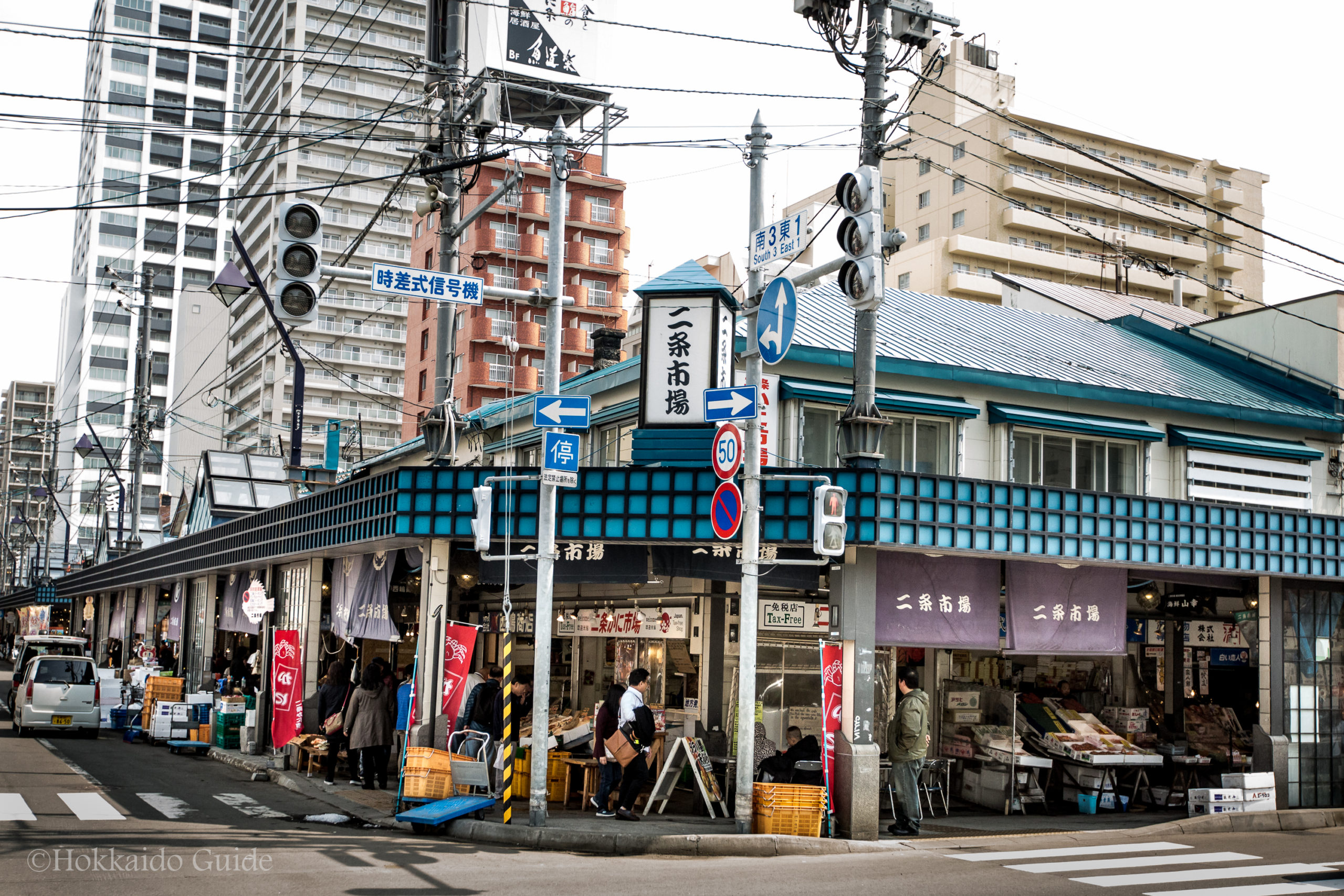
Nijo Ichiba (Sapporo Fish Markets)
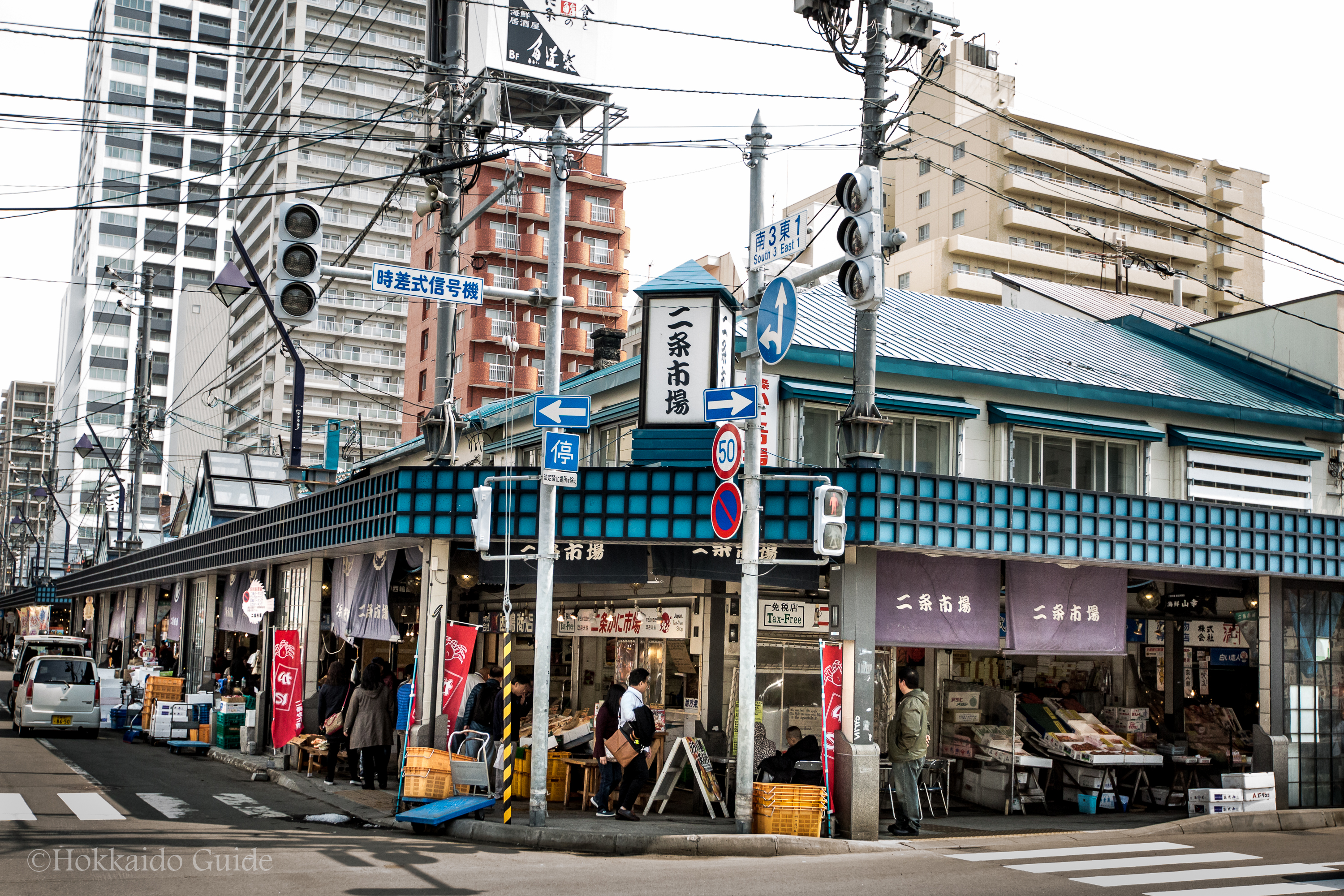
| Admission | – |
| Opening Hours | 7am - 6pm |
| Closed | – |
| Contact | 011-222-5308 |
| Notes | |
| Location / Getting There | 〒060-0053 Hokkaido Prefecture, Sapporo, Chuo Ward, 南3条東1丁目〜東2丁目 Next to Soseigawa park. 5 minute walk from Bus Centre mae station |
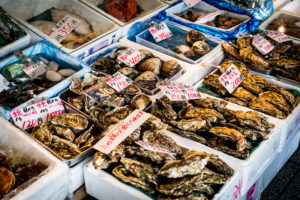 This historic fish market has been part of Sapporo for over 100 years. It was said to have been formed during the Meiji period, when fishermen from Ishikari Bay started selling their fresh catches here. Over 100 years later the market has developed into a veritable oasis for all forms of culinary needs including restaurants and cafés. The market, also known as Nijo Ichiba, is a popular spot for tourists who are keen to sample some of the freshest seafood, get some souvenirs and get a real taste of Japan. The market used to be larger and run both sides of the river but over the years, shops and bars have slowly reduced the market to 2 blocks laying the foundations for today’s Nijo Ichiba.
This historic fish market has been part of Sapporo for over 100 years. It was said to have been formed during the Meiji period, when fishermen from Ishikari Bay started selling their fresh catches here. Over 100 years later the market has developed into a veritable oasis for all forms of culinary needs including restaurants and cafés. The market, also known as Nijo Ichiba, is a popular spot for tourists who are keen to sample some of the freshest seafood, get some souvenirs and get a real taste of Japan. The market used to be larger and run both sides of the river but over the years, shops and bars have slowly reduced the market to 2 blocks laying the foundations for today’s Nijo Ichiba.
[the_ad id=”4264″]
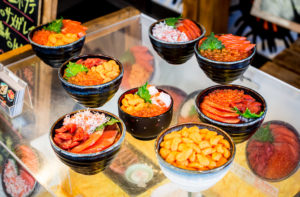 There are dozens of shop fronts selling fresh seafood ranging from muscles, scallops, urchin, octopus, oysters to salmon roe and the giant snow crabs that line the shops and are a great photo opportunity for many visitors. The seafood can be bought and packaged to take away, but there are also seats and small tables lining the street allowing customers to eat straight away! Dine on fresh sashimi, sea urchin and muscles or cook up some delicious crab and prawns and wash it down with an ice cold beer! A perfect summer treat!
There are dozens of shop fronts selling fresh seafood ranging from muscles, scallops, urchin, octopus, oysters to salmon roe and the giant snow crabs that line the shops and are a great photo opportunity for many visitors. The seafood can be bought and packaged to take away, but there are also seats and small tables lining the street allowing customers to eat straight away! Dine on fresh sashimi, sea urchin and muscles or cook up some delicious crab and prawns and wash it down with an ice cold beer! A perfect summer treat!
There are English menus (with pictures) displaying the bounty of seafood that can be ordered at any of the shops. Prices will range from ¥1500 to ¥3500. The giant crabs are popular among groups to enjoy together. Many of the fish markets stock ends up in restaurants so it is OK to haggle over the price and try and get the price down. Its all part of the fun. Across the road, from the market, there is a multi-unit building called ‘Noren Yokocho’ which contains multiple local restaurants and drinking establishments. There is a lot to do and see in this little slice of Sapporo!
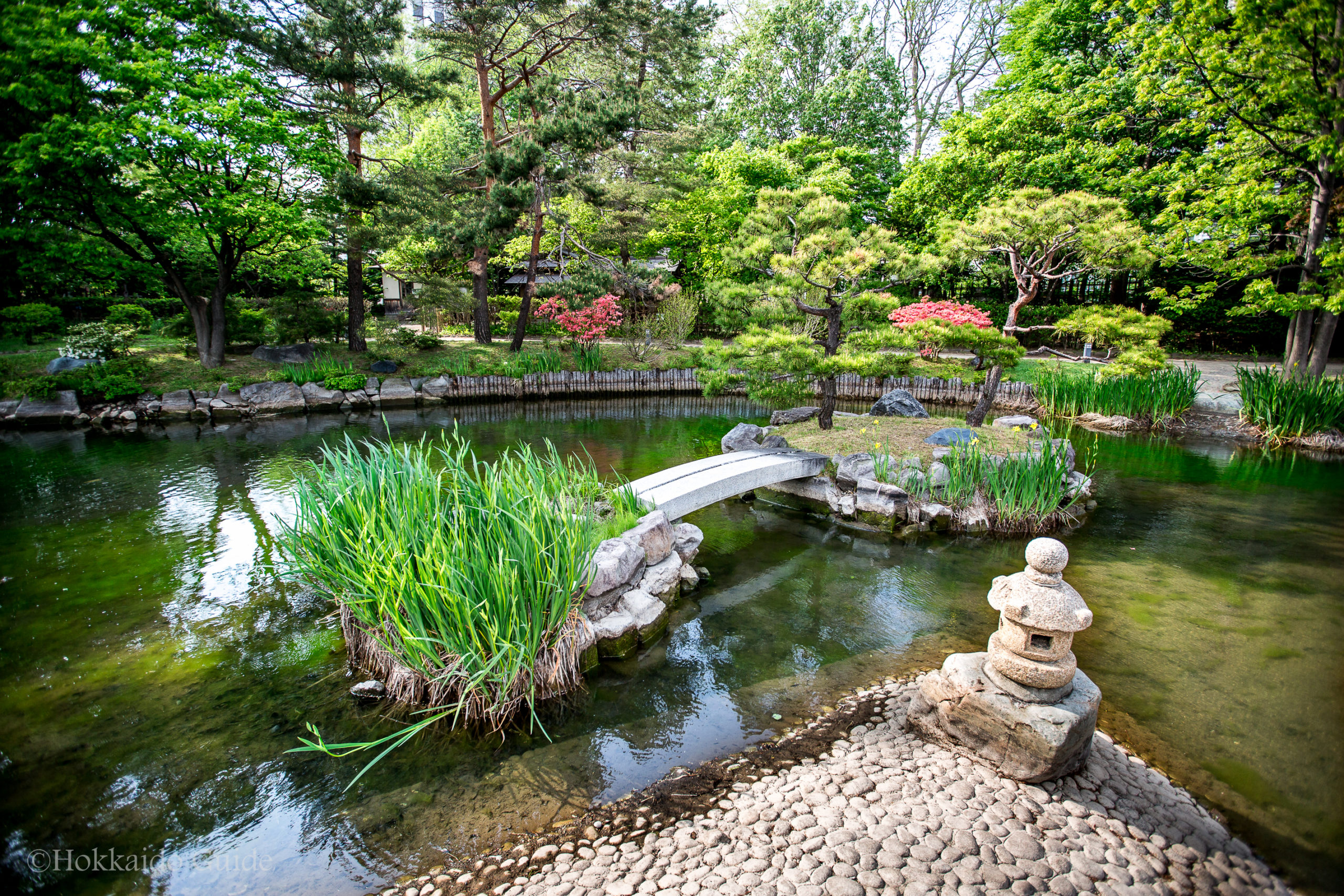
Japanese Gardens & Hasso-an (Tea House)
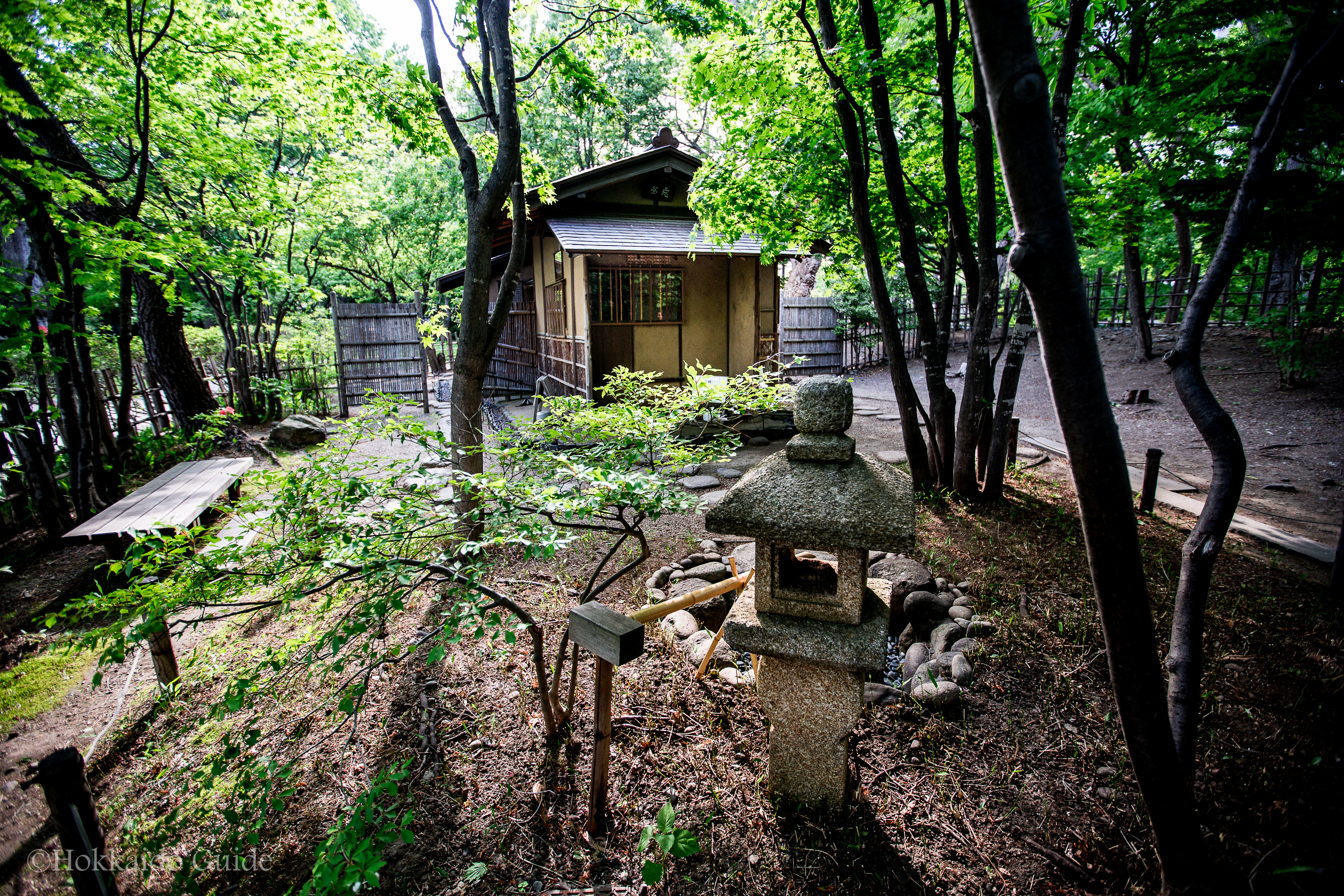
| Admission | - |
| Opening Hours | 8am - 6pm |
| Closed | Winter |
| Contact | 011-511-3924 |
| Notes | Can walk around but can't enter the actual teahouse |
| Location / Getting There | 〒064-0931 Hokkaidō, Sapporo-shi, Chūō-ku, Nakajimakōen, 1 |
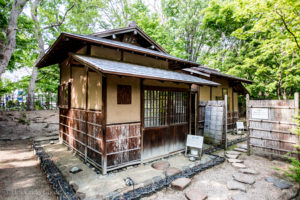 Hasso-an (“eight-window tea house”) is a tea house said to have been designed by the tea master Enshu Kobori (1579-1647) and originally built in Shiga Prefecture. In 1919 Hasso-an was moved to Sapporo where it is located in Nakajima Park. Surrounding Hasso-an there is a small garden which was created in 1989 by Sokei Kobori, a tea master and a 12th generation descendant of Enshu Kobori.
Hasso-an (“eight-window tea house”) is a tea house said to have been designed by the tea master Enshu Kobori (1579-1647) and originally built in Shiga Prefecture. In 1919 Hasso-an was moved to Sapporo where it is located in Nakajima Park. Surrounding Hasso-an there is a small garden which was created in 1989 by Sokei Kobori, a tea master and a 12th generation descendant of Enshu Kobori.
[the_ad id=”4264″]
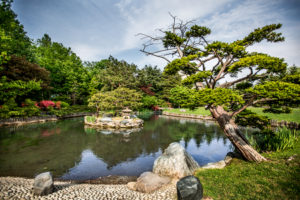
Japanese Gardens
The teahouse is located in the Japanese gardens which were opened in 1963. This tranquil and beautiful garden has a small pond inside and has a collection of stone lanterns modeled on famous originals from around Japan. This is a very relaxing spot to wander around in, particularly in Autumn, where you can see the changing leaves, and a must see. The best time is late October. Make sure you bring your camera! The gardens are closed in the winter.
Click here for more information on Nakajima Park
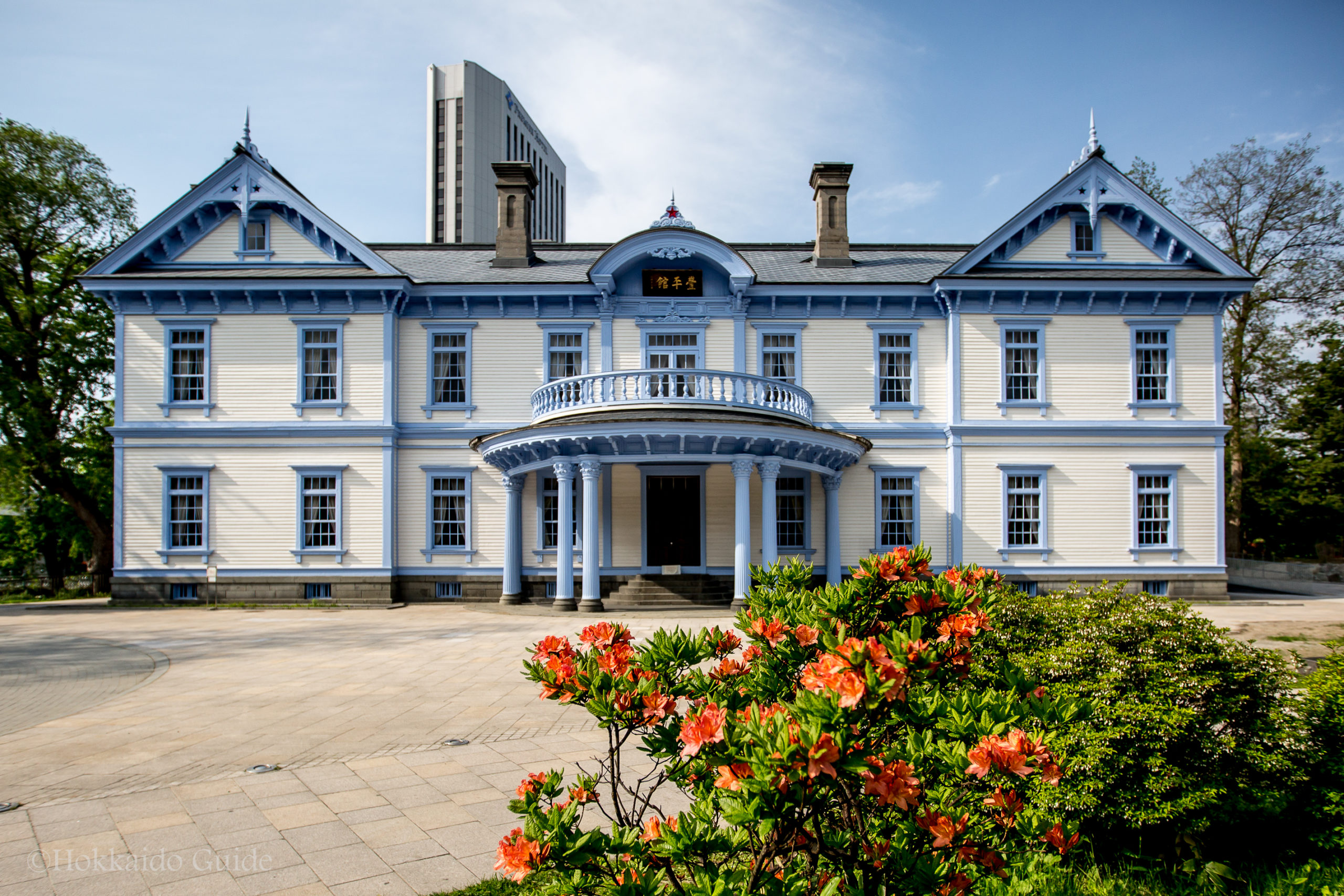
Hoheikan Building

| Admission | ¥300 per person ¥270 per person for groups of 20 people or more Free for junior high school students and younger |
| Opening Hours | 9am – 5pm (last admission at 4:30pm) |
| Closed | Every second Tuesday of the month (or the following day if Tuesday falls on a holiday) |
| Contact | 011-211-1951 |
| Notes | - |
| Location / Getting There | 9 Chome-2-20 Kita 7 Jōhigashi, Higashi-ku, Sapporo-shi, Hokkaidō 065-8518, Japan. Catch a bus from number four station near the north exit of Sapporo Station, or any Sapporo Beer Factory bus. |
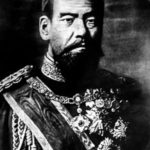
Emperor Meiji
Hoheikan started construction in 1879 and opened in 1881. It is the only hotel built buy the Meiji government and was opened for Emperor Meiji’s visit to Sapporo where he stayed for 4 days. It is designated as an Important Cultural Property of Japan and is the oldest wooden hotel building in existence in Japan. It was originally located around Odori park but was relocated to Nakajima Park in 1958. It was opened as a civic exchange centre after its restoration in 1958. The whole building was constructed in the American style, but the balcony and its accompaniments at the front of the building was constructed in European style. Its architecture is representative of the early Meiji period and was built using traditional techniques.
[the_ad id=”4264″]
Hoheiken showcases a reproduction of the guest room where Emperor Meiji stayed on his visit to Sapporo and there is a video available in the building that shows a short piece on the history of Hoheikan. Hoheikan acts not only as a historical building but as a popular spot for wedding venues. There is a restaurant and cafe, housed in the building, and guests can enjoy snacks here. The restaurant serves Japanese and French cuisine, and uses ingredients harvested in Hokkaidō prefecture!
Click here for more information on Nakajima Park
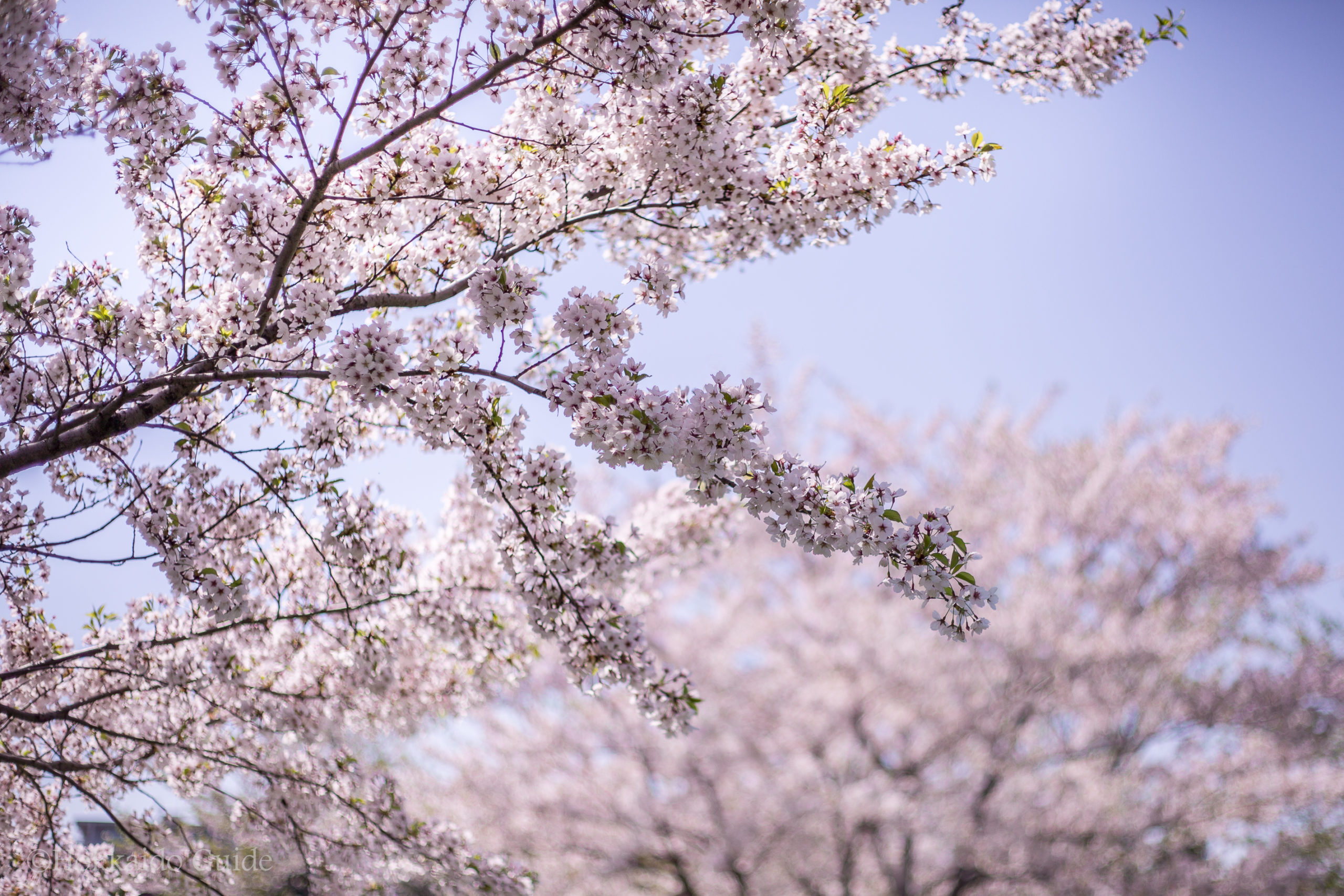
Cherry Blossom Viewing
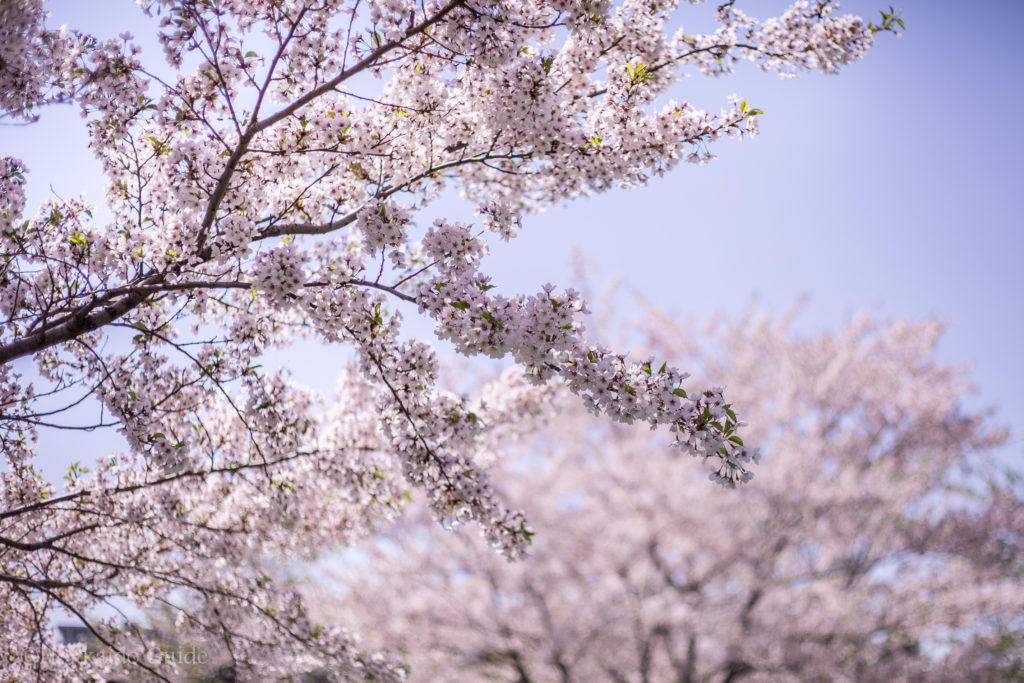
One of Japans oldest and most famous symbols is that of the cherry blossom (sakura). Such is the beauty of this national flower that the practice of “Hanami” (cherry blossom viewing) started over 1000 years ago. Under the sakura trees, people had lunch and drank sake in cheerful feasts. This tradition is as popular now as it was back then. BBQ’s, quiet picnics, lunches and of course, the consumption of beer and wine are very popular all over the country. In Japan, cherry blossoms symbolize clouds due to their nature of blooming en masse, and are said to be an enduring metaphor for the ephemeral nature of life.
[the_ad id=”4264″]
So! With that in mind, when and where is the best spot in Hokkaido to have a Hanami, get some good cherry blossom pics, or to simply walk around and enjoy the beauty of these flowers?
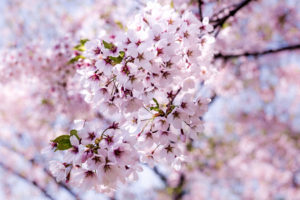 First, the when. Hokkaido’s cherry blossoms come out in early May! Usually in the first or second week. Cherry blossoms are very fleeting, and the blooming is usually over within 2 weeks. Full bloom (mankai) is usually reached within about one week after the first blossoms (kaika) open. Another week later, the blooming peak is over and the blossoms are falling from the trees. Strong wind and rain can cut the blooming season even shorter. Hokkaido is the last place in Japan for cherry blossoms to bloom, as the warm weather travels north.
First, the when. Hokkaido’s cherry blossoms come out in early May! Usually in the first or second week. Cherry blossoms are very fleeting, and the blooming is usually over within 2 weeks. Full bloom (mankai) is usually reached within about one week after the first blossoms (kaika) open. Another week later, the blooming peak is over and the blossoms are falling from the trees. Strong wind and rain can cut the blooming season even shorter. Hokkaido is the last place in Japan for cherry blossoms to bloom, as the warm weather travels north.
Next, is the where! There are hundreds of great spots to see the cherry blossoms in Hokkaido, but these are our picks for the top ten spots in Hokkaido.
1) Matsumae Park
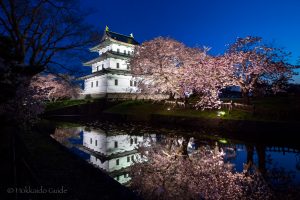 Noted as one of Japans top sakura viewing spots, Matsumae is Hokkaido’s number one place for viewing cherry blossoms. Sitting at the bottom of Hokkaido it is a trek to get there. There are approximately 10,000 sakura trees. The Matsumae Sakura Festival is held here during the hanami season, usually from late-April to mid-May each year. In addition, The Matsumae Castle, Ryuunin Temple, Kozenji Temple, Sakura Museum, and Matsumae Shrine are a must see and all are inside the park grounds.
Noted as one of Japans top sakura viewing spots, Matsumae is Hokkaido’s number one place for viewing cherry blossoms. Sitting at the bottom of Hokkaido it is a trek to get there. There are approximately 10,000 sakura trees. The Matsumae Sakura Festival is held here during the hanami season, usually from late-April to mid-May each year. In addition, The Matsumae Castle, Ryuunin Temple, Kozenji Temple, Sakura Museum, and Matsumae Shrine are a must see and all are inside the park grounds.
2) Fort Goryokaku
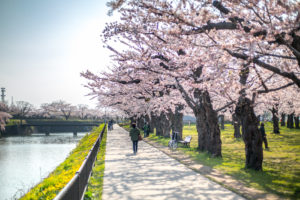 Located in Hakodate, Goryokaku is a star shaped fort and was built in the last years of the Edo Period. This beautiful public park is home to more than 1600 cherry trees. There is a 107 meter observation deck where you can enjoy a bird’s-eye view of the massive star-shaped fortress filled with tons of cherry blossoms, the Mt. Hakodate range, and the ocean in the distance.
Located in Hakodate, Goryokaku is a star shaped fort and was built in the last years of the Edo Period. This beautiful public park is home to more than 1600 cherry trees. There is a 107 meter observation deck where you can enjoy a bird’s-eye view of the massive star-shaped fortress filled with tons of cherry blossoms, the Mt. Hakodate range, and the ocean in the distance.
3) Hakodate Park
Also in Hakodate this park is a popular spot for cherry blossom viewing and especially for Hanami – picnics and BBQ’s under the sakura trees. In this park there are street food stalls, a fountain, children’s playground and a mini zoo. What makes this spot unique is that it is set up for Yozakura which is night time viewing!
4) Shizunai Nijukken Road
 Nijukken Road in Shizunai is also said to be on the list of Japan’s top 100 hanami spots. The road is very straight, about 7 kilometers long and 36 meters wide, and is lined with approximately 3,000 sakura trees. It is said to be the longest row of cherry trees in Japan and offers you an amazing tunnel of cherry blossoms so a car is needed. There are places to stop and walk along the path and get some great photos! The best time to see sakura here is from early May to mid May. Also home to the Shizunai Sakura Festival. For more information look at our article on Shizunai Cherry Blossom Festival.
Nijukken Road in Shizunai is also said to be on the list of Japan’s top 100 hanami spots. The road is very straight, about 7 kilometers long and 36 meters wide, and is lined with approximately 3,000 sakura trees. It is said to be the longest row of cherry trees in Japan and offers you an amazing tunnel of cherry blossoms so a car is needed. There are places to stop and walk along the path and get some great photos! The best time to see sakura here is from early May to mid May. Also home to the Shizunai Sakura Festival. For more information look at our article on Shizunai Cherry Blossom Festival.
5) Nakajima Park
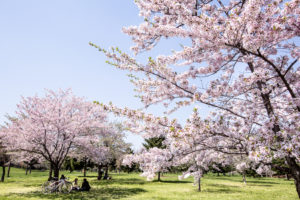
Perfect spot for a picnic
Nakajima Park has been listed as one of “100 most popular urban parks in Japan.” Like other planned Japanese gardens, Nakajima Park changes with seasons. Definitely a great place to take a stroll. The park highlights both early and late blooming cherry trees of different kinds. Where as Maruyama park has tonnes of BBQ’s going on, and lots to do, Nakajima park is a lot more tranquil, due to its bigger area. Nakajima park is more suited to a quiet picnic under the trees.
6) Moerenuma Park
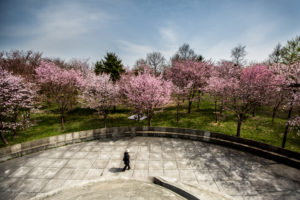 Designed and built by Japanese American sculptor Isamu Noguchi, this park took 7 years to complete. There are many things to see at this park but for cherry blossoms there is a whole section called the ‘Sakura no Mori’ or ‘Forest of Cherry Trees’. It has about 2300 sakura trees of different kinds. There are also huge grass areas where you can have a picnic and unwind. Great spot for walking around!
Designed and built by Japanese American sculptor Isamu Noguchi, this park took 7 years to complete. There are many things to see at this park but for cherry blossoms there is a whole section called the ‘Sakura no Mori’ or ‘Forest of Cherry Trees’. It has about 2300 sakura trees of different kinds. There are also huge grass areas where you can have a picnic and unwind. Great spot for walking around!
7) Maruyama Park
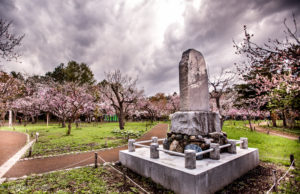
Cherry blossom season
Maruyama park is located in Sapporo and is easy to get to! Probably, the top place for hanami in Sapporo. There are lots of stalls, and lots of BBQ’s and picnics going on during this time! Maruyama park is also home to Hokkaido Shrine. The path to the shrine is lined with sakura trees so it makes for a breathtaking sight as you look down to and from the shrine. Maruyama also has plum blossoms on the grounds. Though not as stunning as the sakura trees, these stay in bloom much longer and are still worth a look!
8) Asahiyama Park
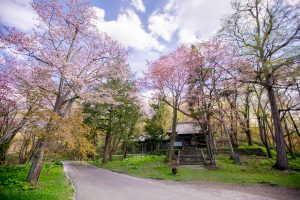
Shrine among the cherry blossoms
Asahikawa is famous for its ramen (chinese noodles) and Asahiyama zoo, which is the biggest in Hokkaido. It also can lay claim to having a fantastic park to view cherry blossoms, so coming in at no. 8 is Asahiyama park in the central city of Asahikawa. This park is an excellent spot for parties, picnics and enjoying the atmosphere to the fullest. The cherry trees here are also lit up at night so yozakura (sakura night viewing) is also on the menu! This park is home to more than 3000 wild sakura trees.
9) Noboribetsu Onsen Sakura Tunnel
Noboribetsu Onsen is said to be the most famous hot spring resort in Hokkaido. The road leading from the JR Noboribetsu Station to Noboribetsu Onsen is lined with about 2000 Ezo Yamazakura cherry trees. It’s a fantastic road to cruise along in your car or motorbike, breath in the mountain air and enjoy the cherry blossom tunnel! Mid May is said to be the best time to see these cherry blossoms!
10) Seiryuji Temple
Last and coming in at no.10 you will have to travel east, far east to the city of Nemuro. Situated on the eastern most point of Hokkaido the sakura trees are located on the grounds of the Seiryuji Temple. The trees are Chishima-zakura cherry trees and they feature one of the oldest cherry blossom trees, which is 150 years old! These are known as the ‘Trees of Nemuro’. Because Nemuro is one of the last places for the cherry blossom trees to bloom, it is best to go around mid May.
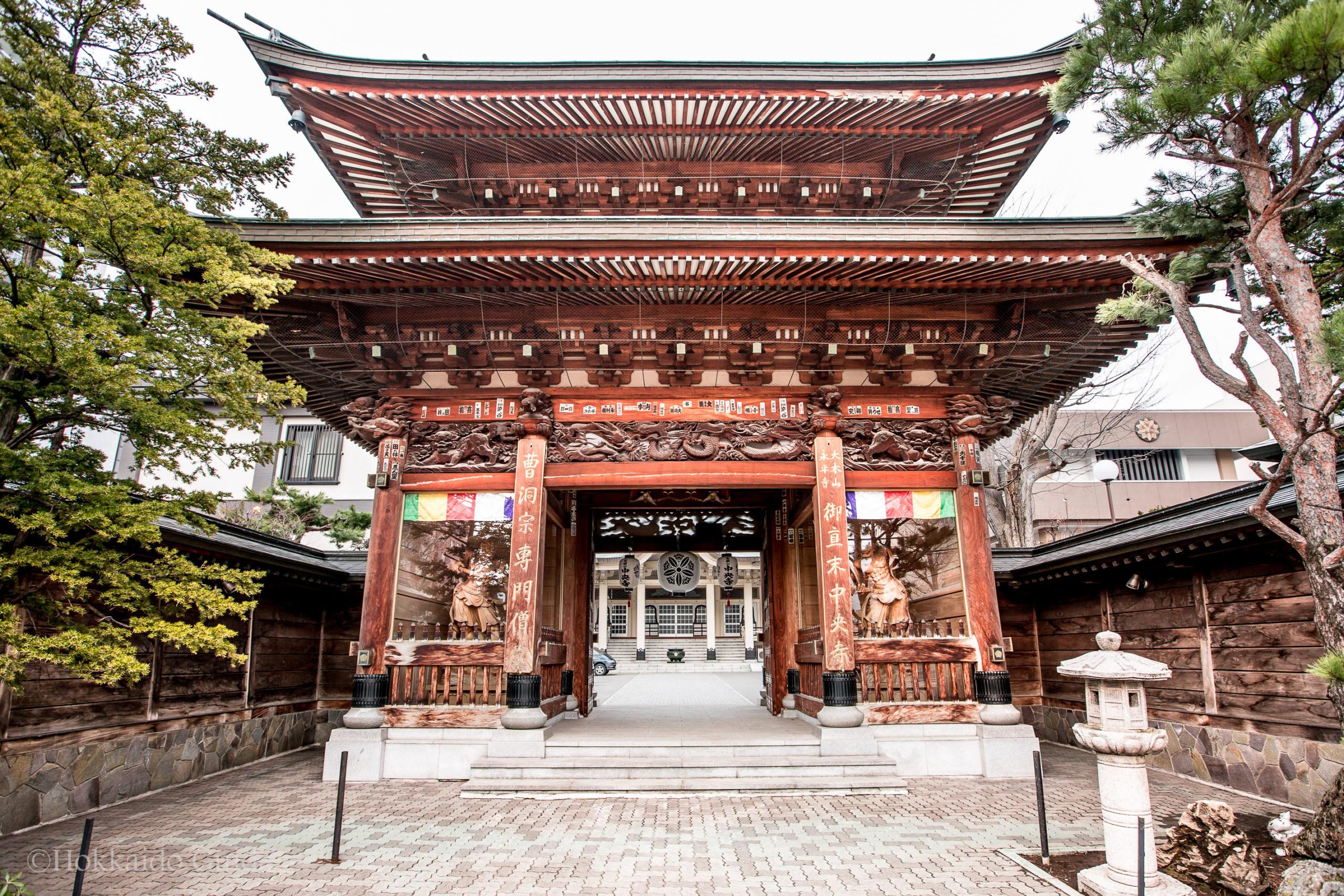
Chuo Temple (Chuo-ji)
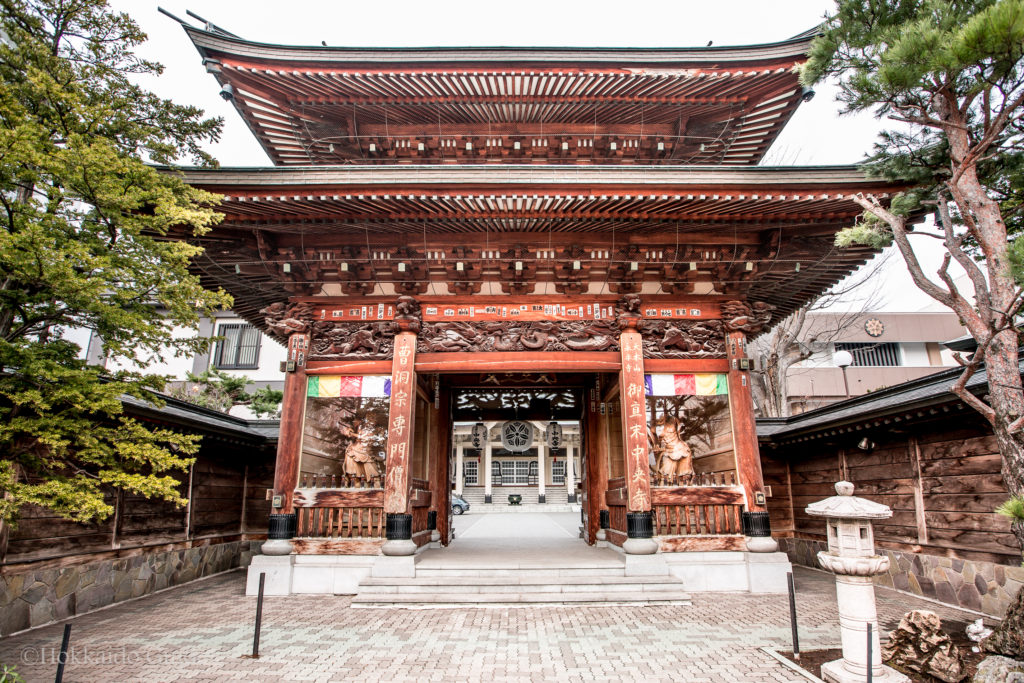
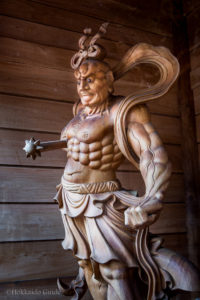
Ungyō
Chuo-ji is a Buddhist Temple located in downtown Sapporo, in Susukino (the entertainment district). It is not a big temple in regards to temples in Japan but its a good temple to go and check out and experience a little of the Japanese culture. The entrance is framed by a two story gate. The gate, as typical with most Buddhist temples, is guarded by the Nio or Kongōrikishi. These two muscle bound guardians are carved from wood and according to Japanese tradition, travelled with Gautama Buddha to protect him. These two characters, named Agyō and Ungyō, together symbolize the birth and death of all things. The entrance is a nice spot to take some photos.
[the_ad id=”4264″]
Chuo-ji practises ‘zazen’. Zen is the belief that every human being is born with clear minds and the capacity to live in an open-minded way. Chuo-ji is free to enter but they do offer Zen classes for a fee of ¥500 which is held in the Temple Zazen Hall. This is held on Sundays and they offer this course in English! The program is 3 hours and runs until midday, so why not try something new AND relaxing!
| 8:20 am | Zazen instruction (for newcomers) |
| 9:00 am | Zazen begins |
| 9:30 am | Kinhin (walking meditation) |
| 9:35 am | Teisho (dharma talk) 2nd zazen session |
| 10:05 am | Kinhin (walking meditation) |
| 10:10 am | Fukanzazengi chant |
| 10:20 am | Zazen Hall cleaning period |
| 11:10 am | Tea and discussion |
| 11:50 am | Zazenkai ends |
- Agyō
- Welcome!

